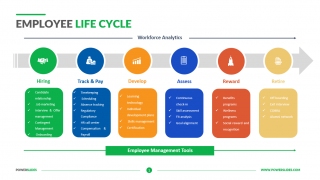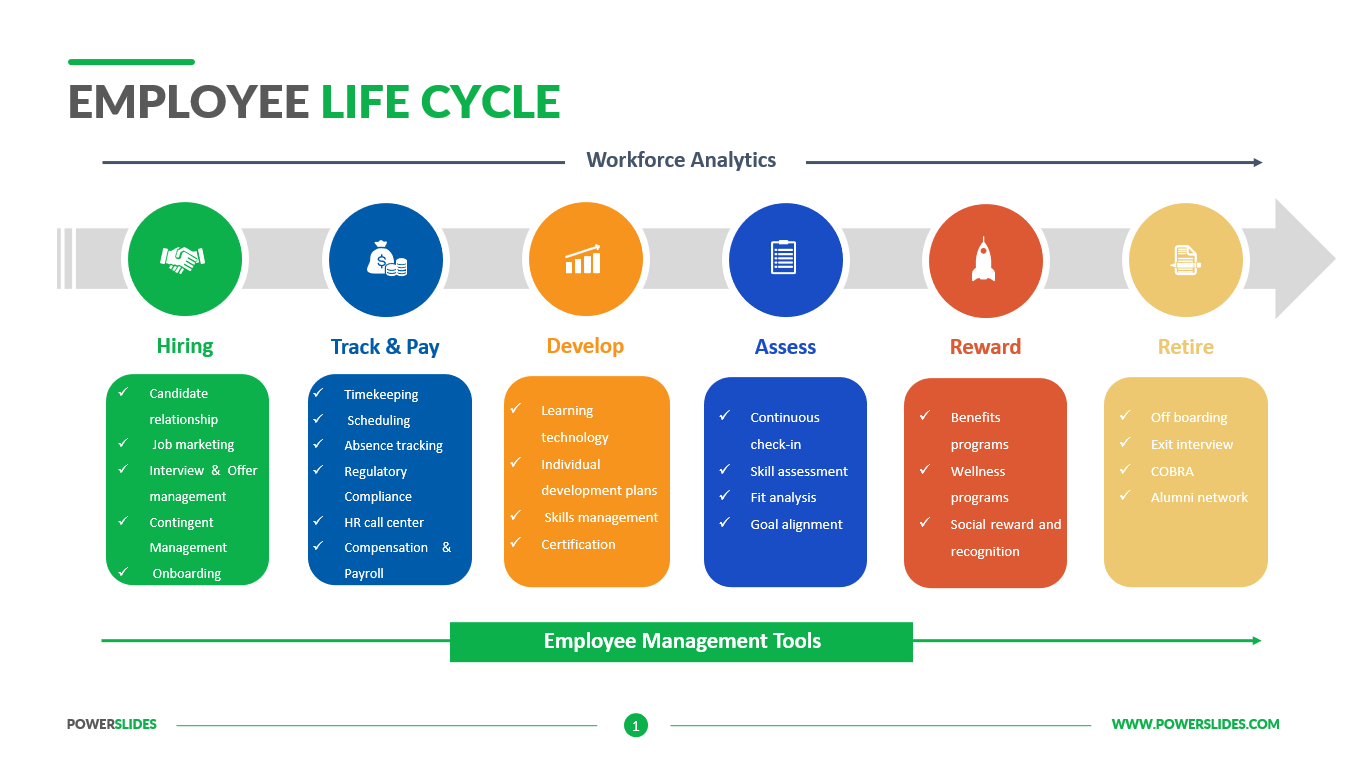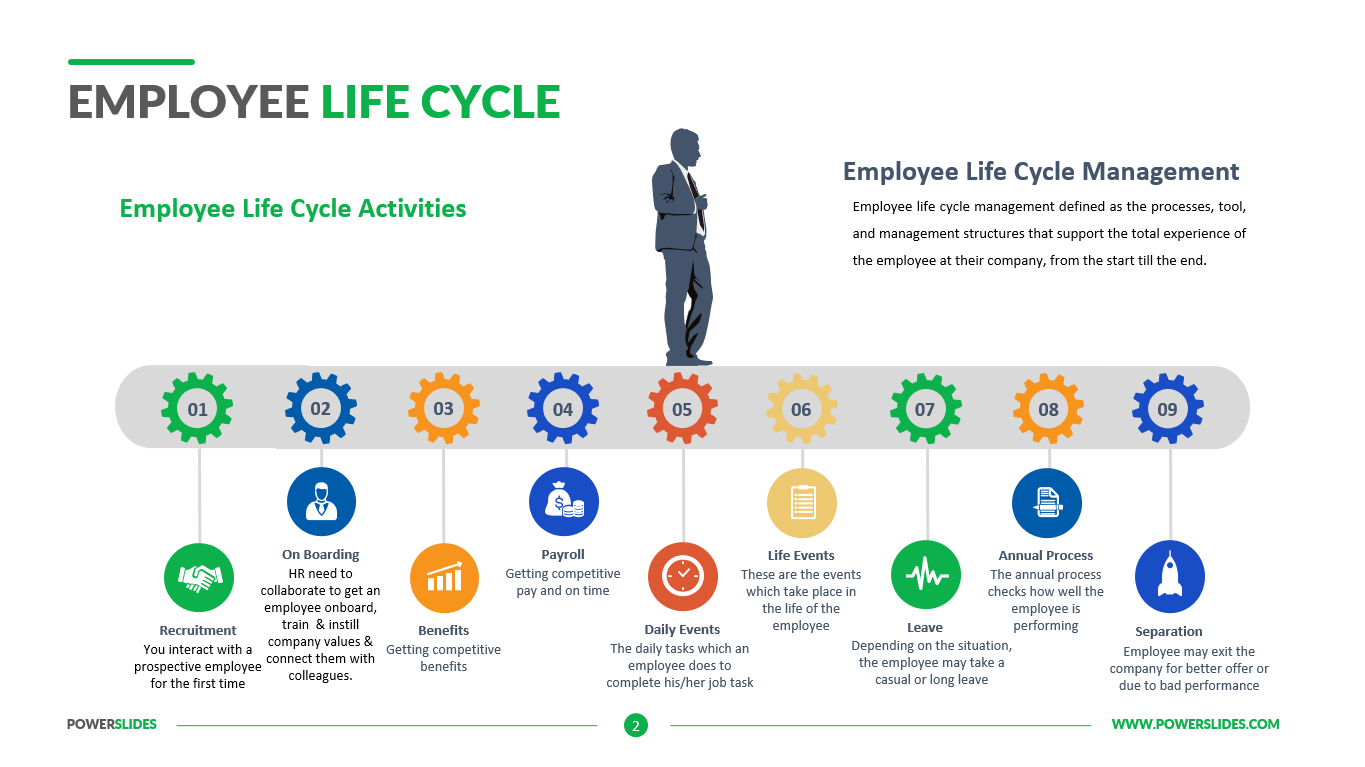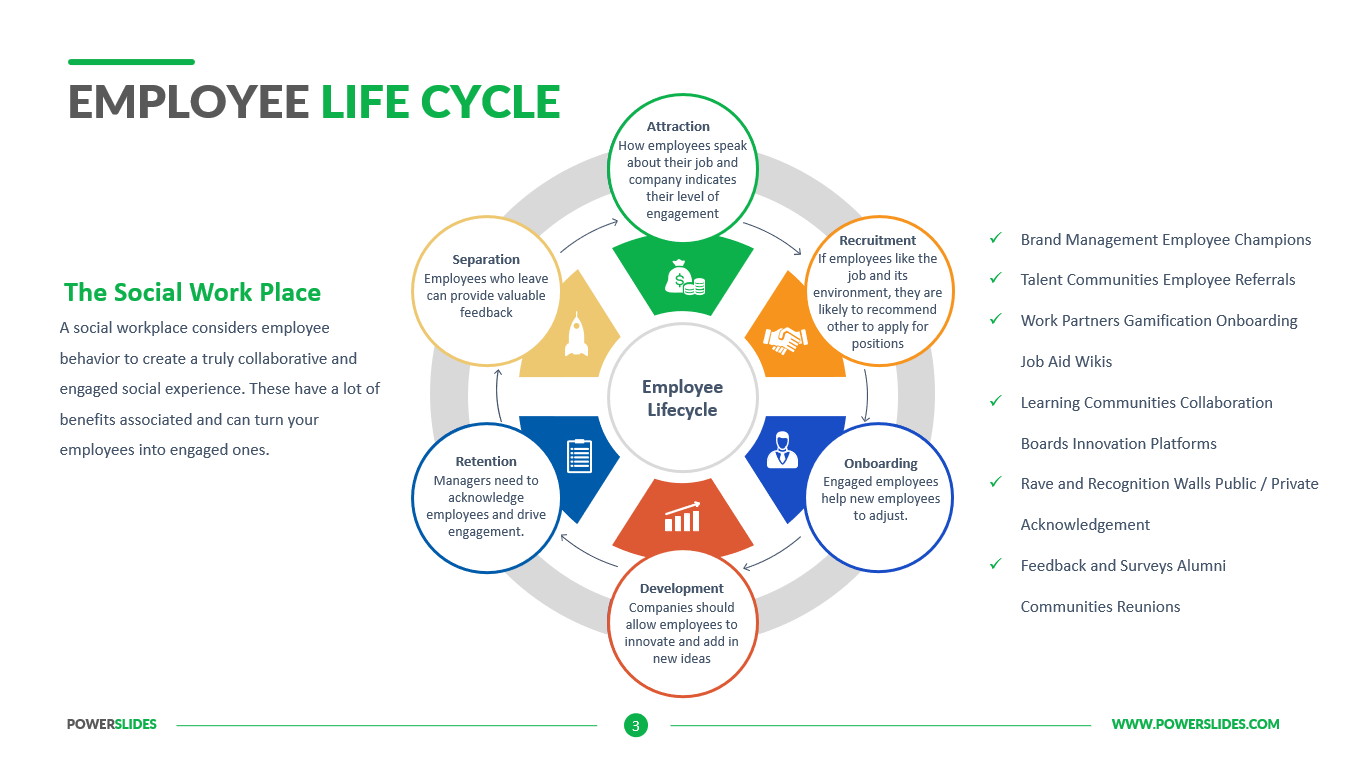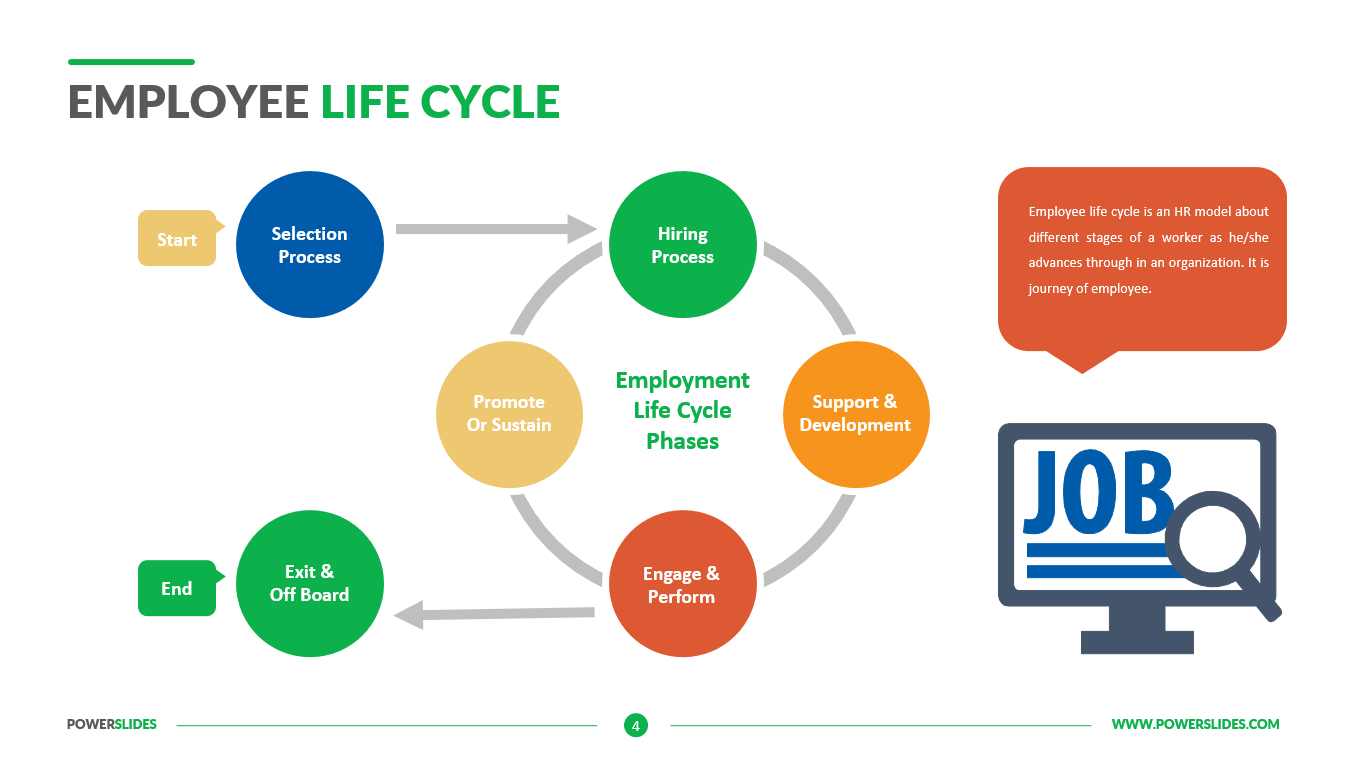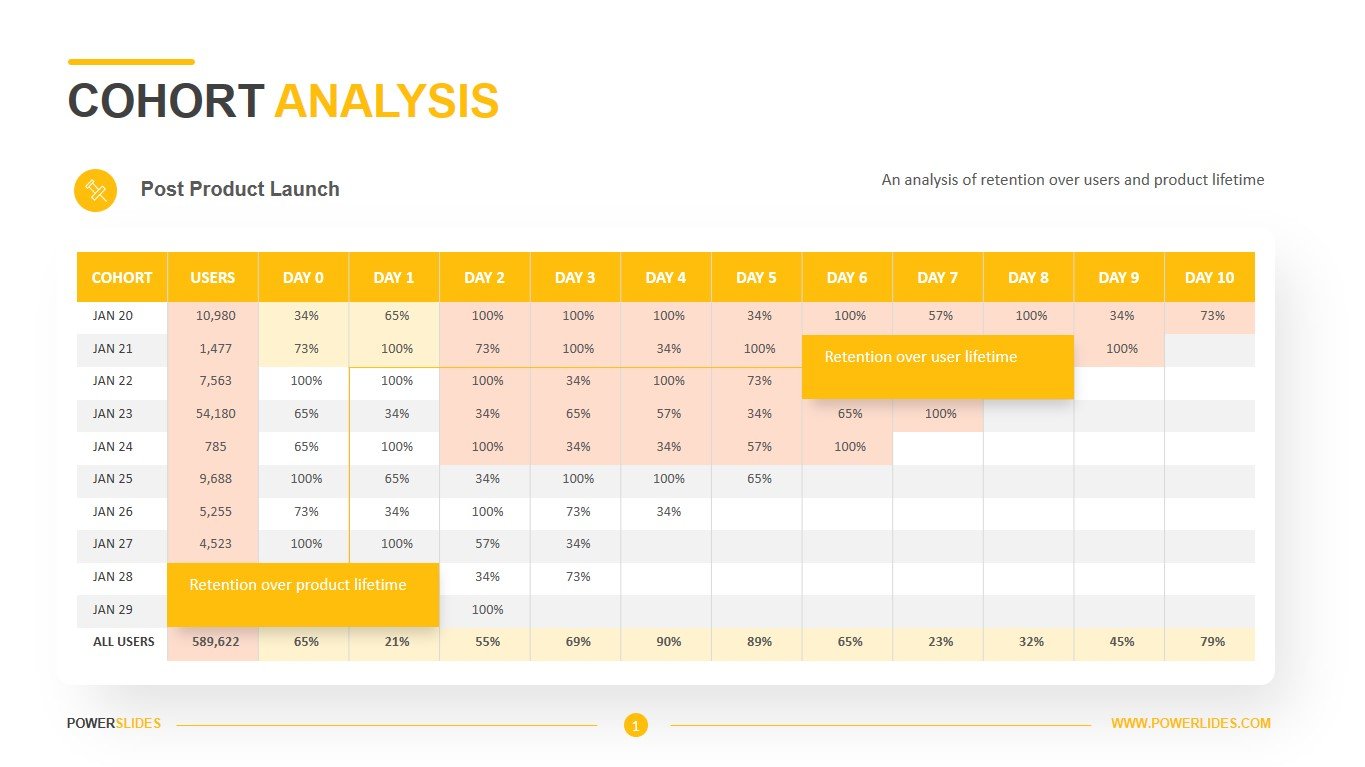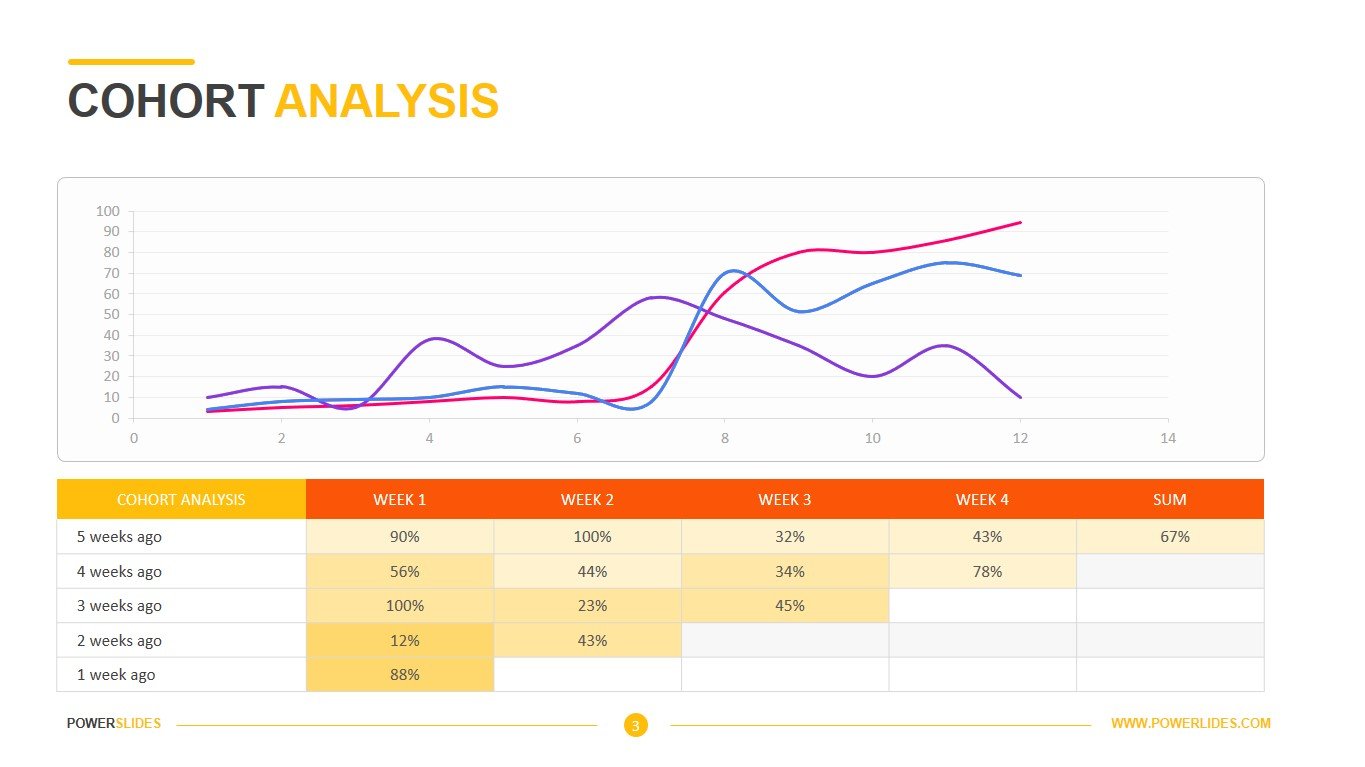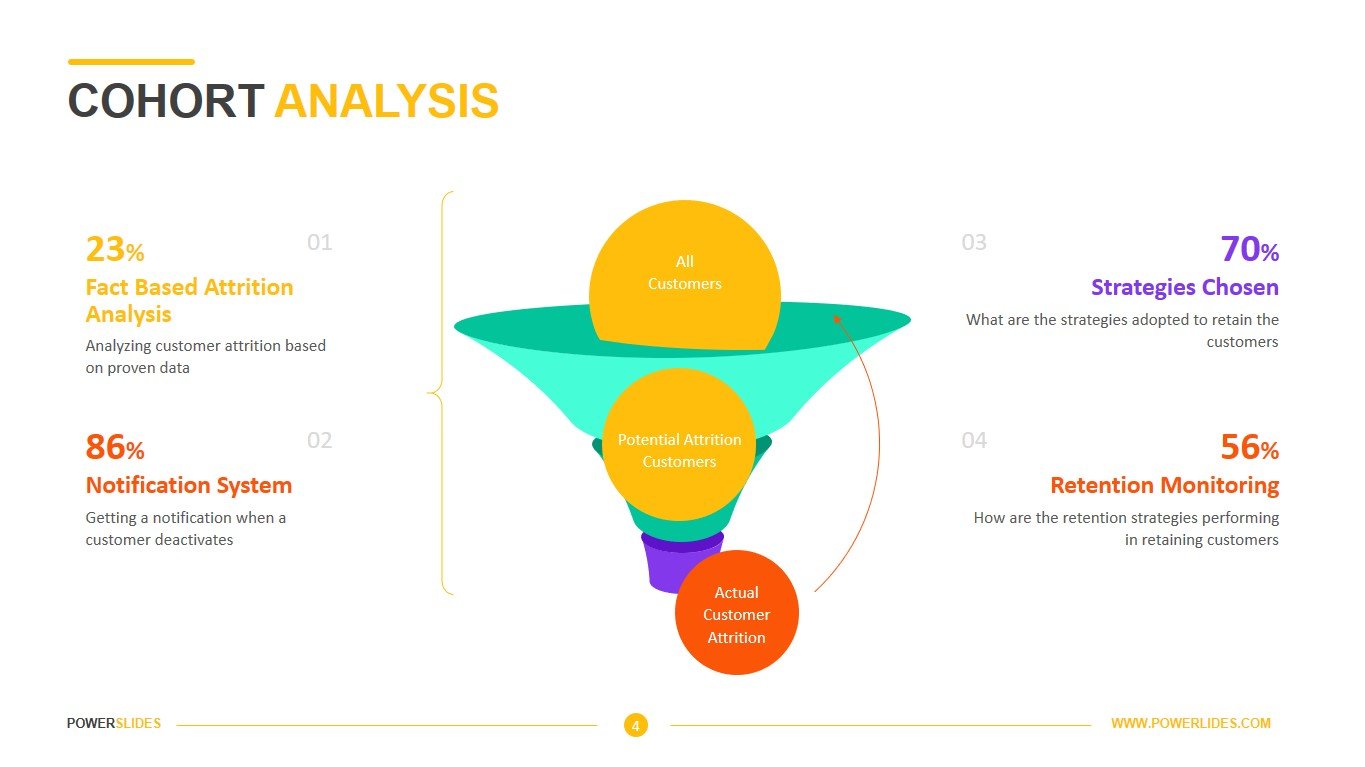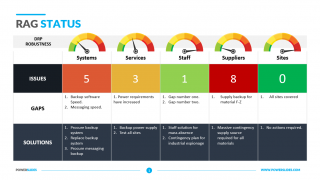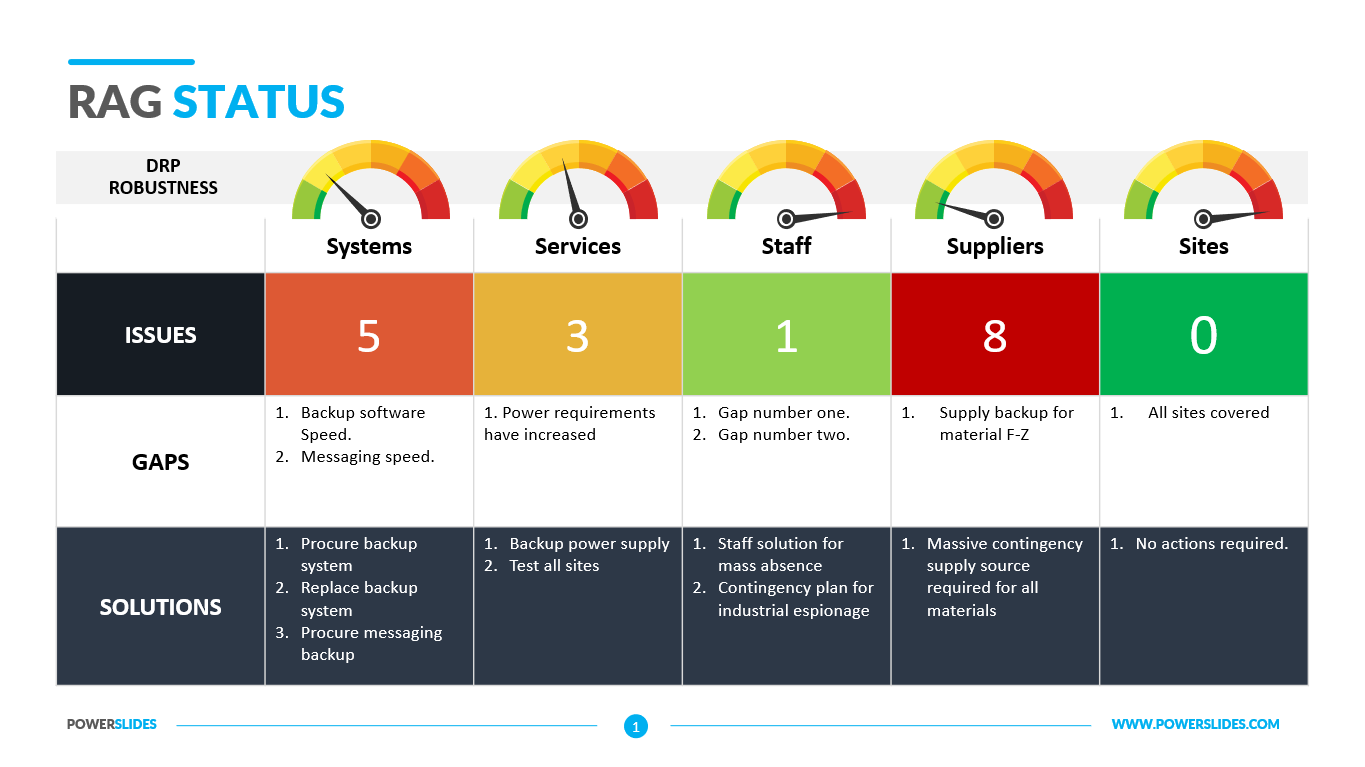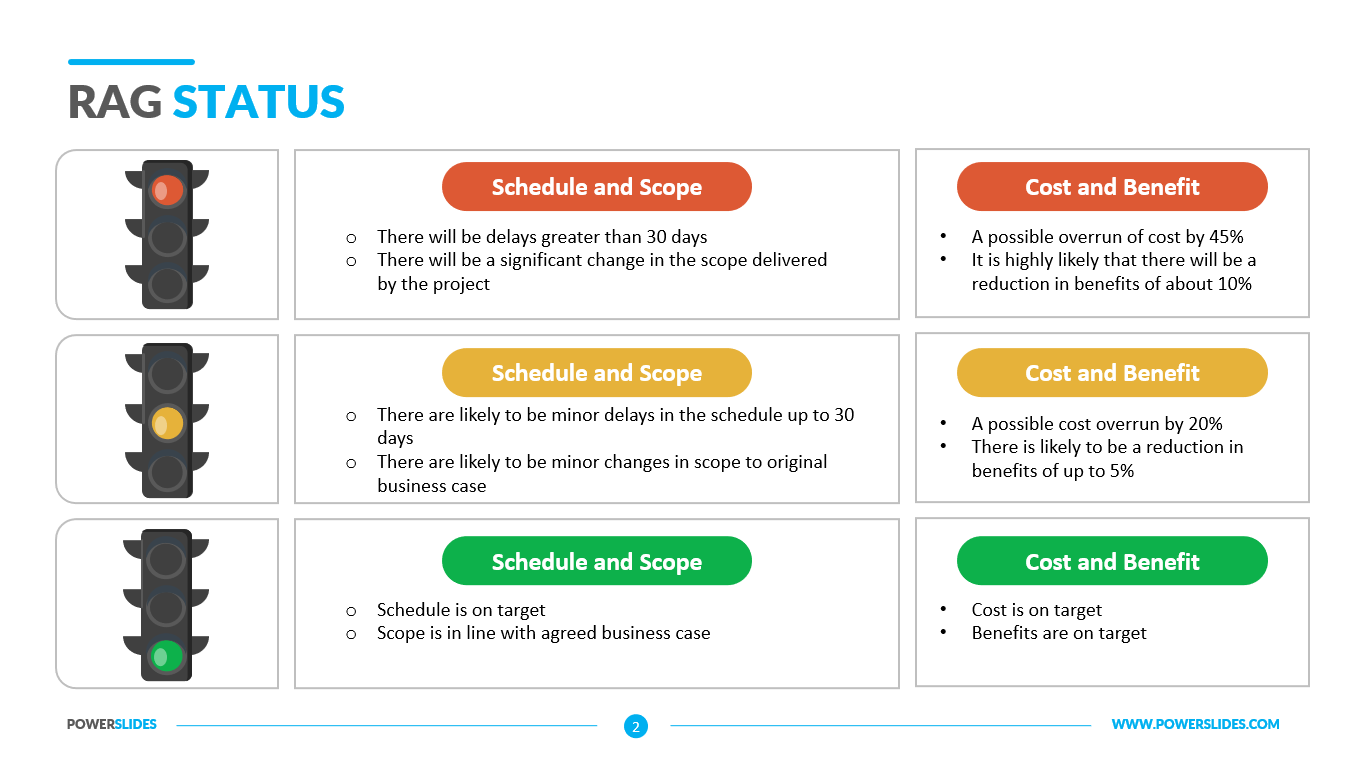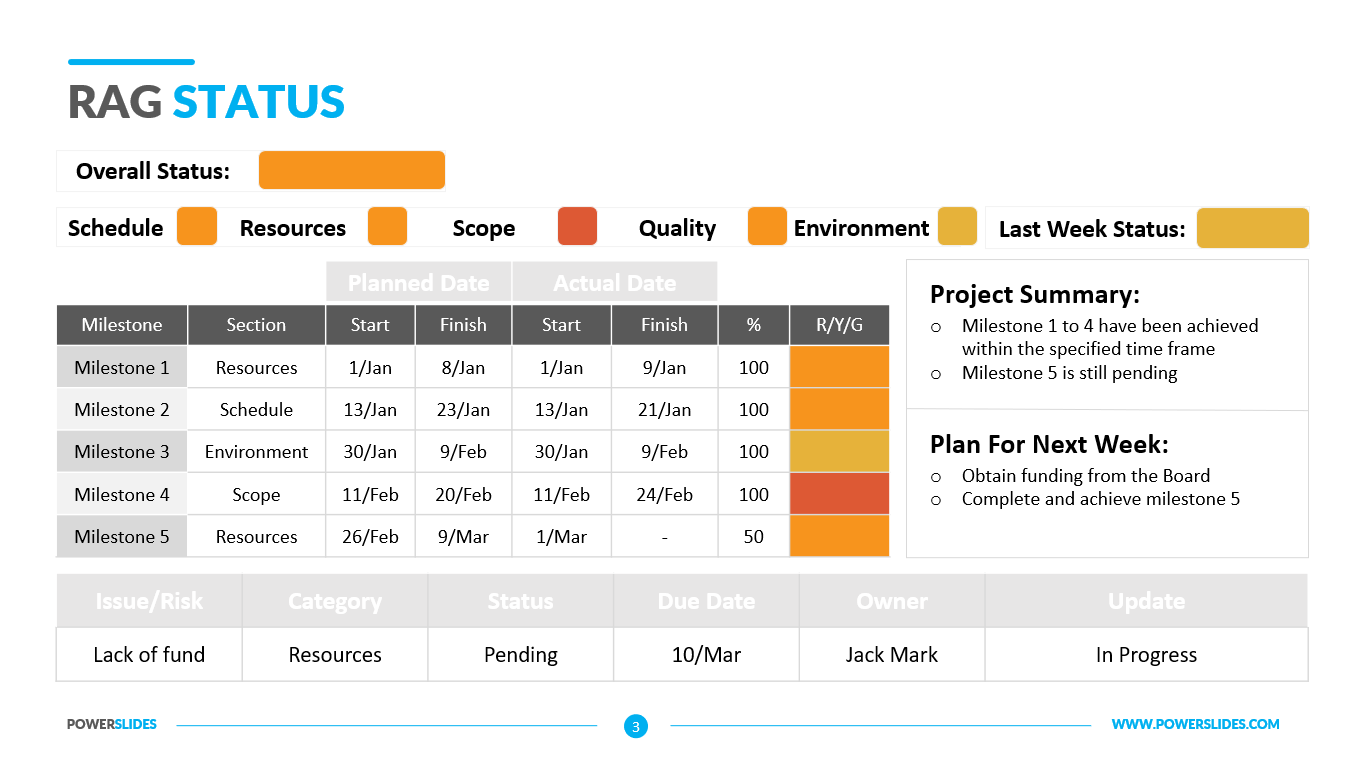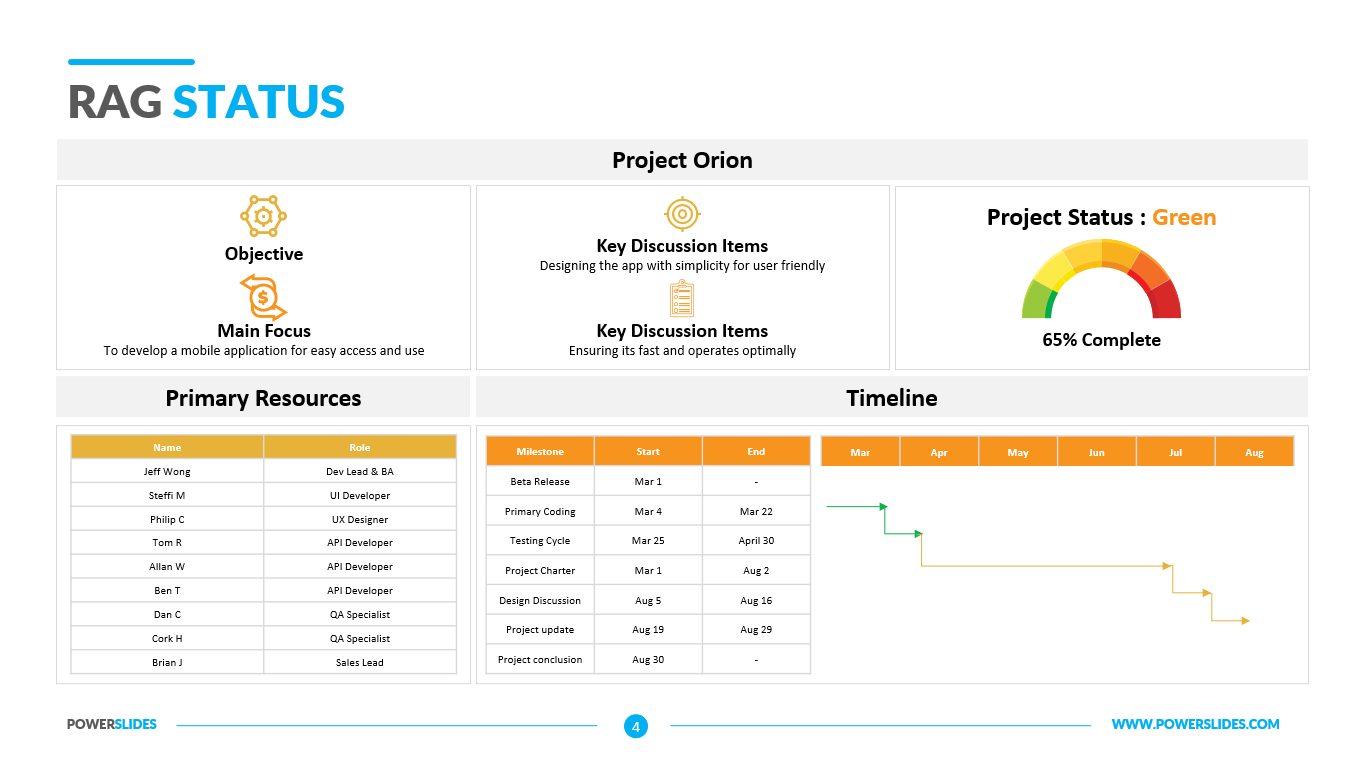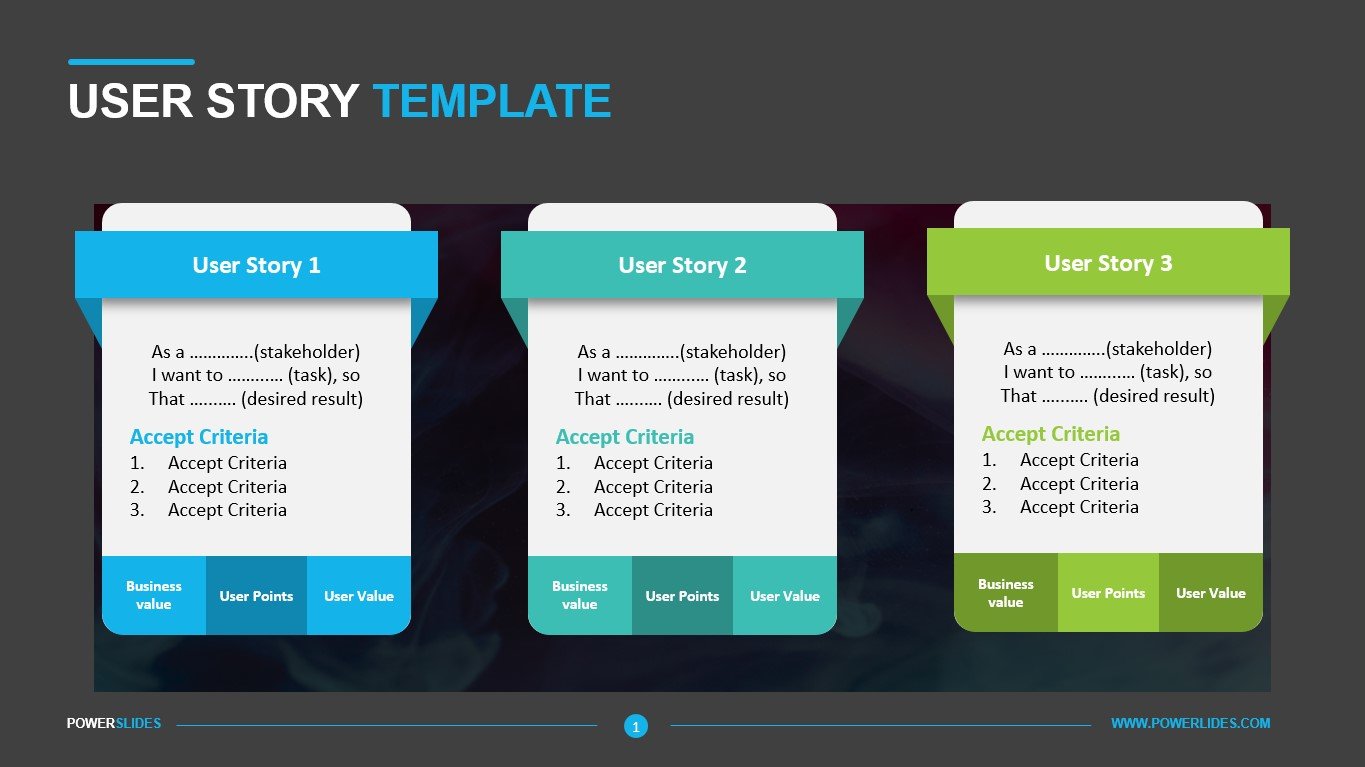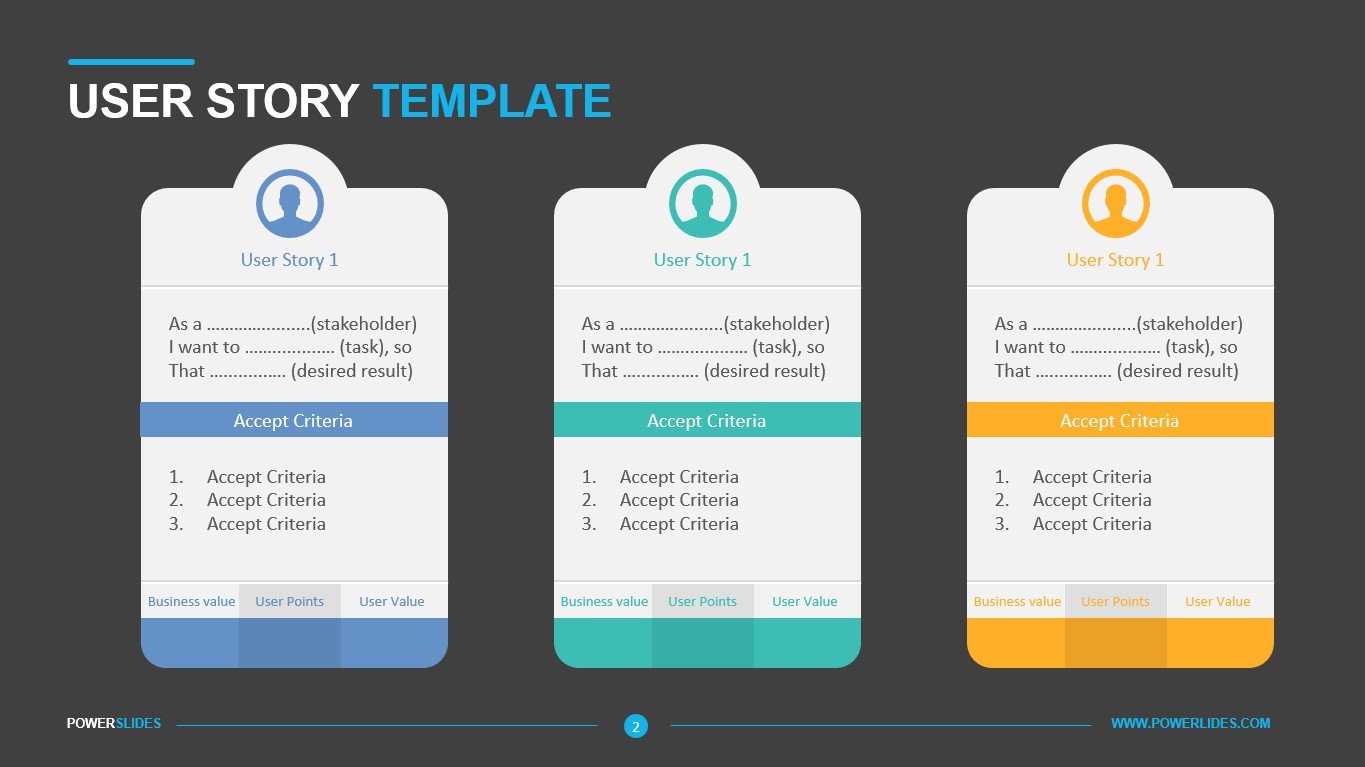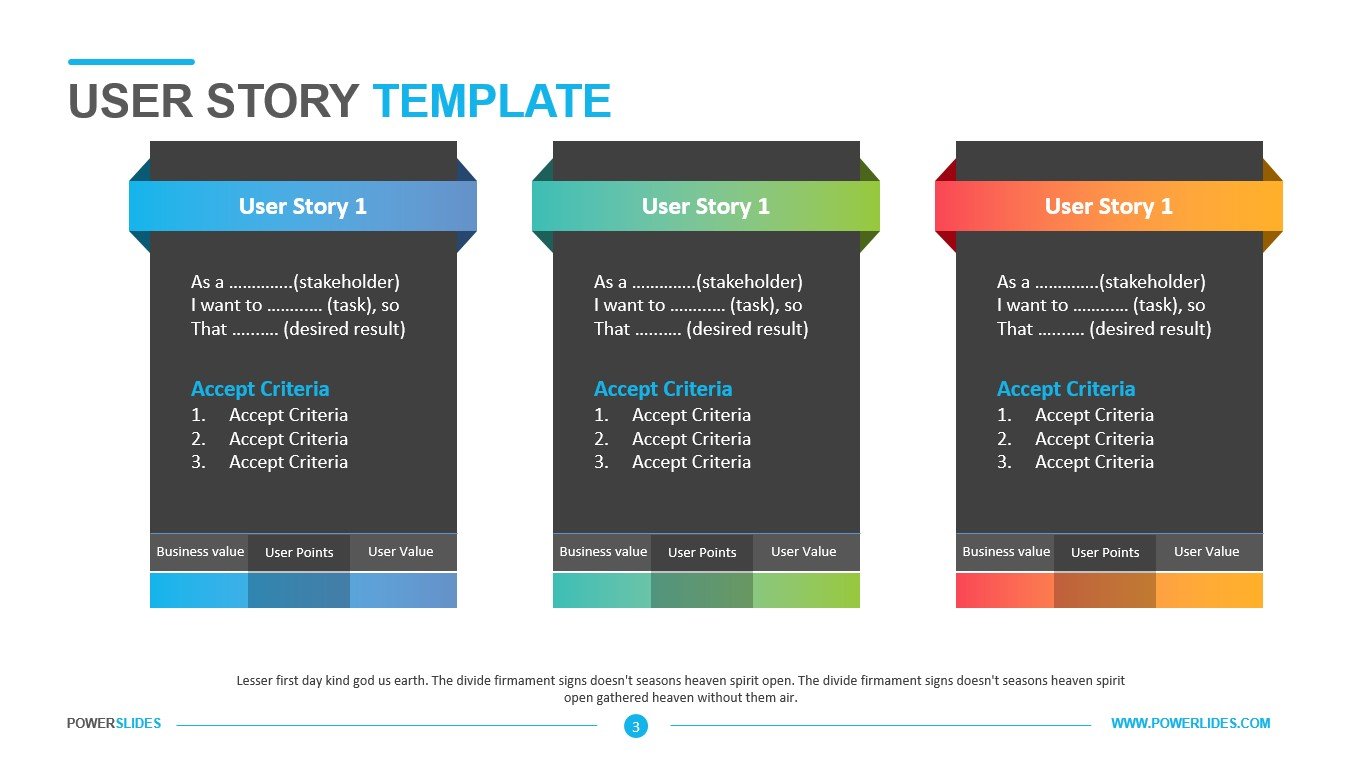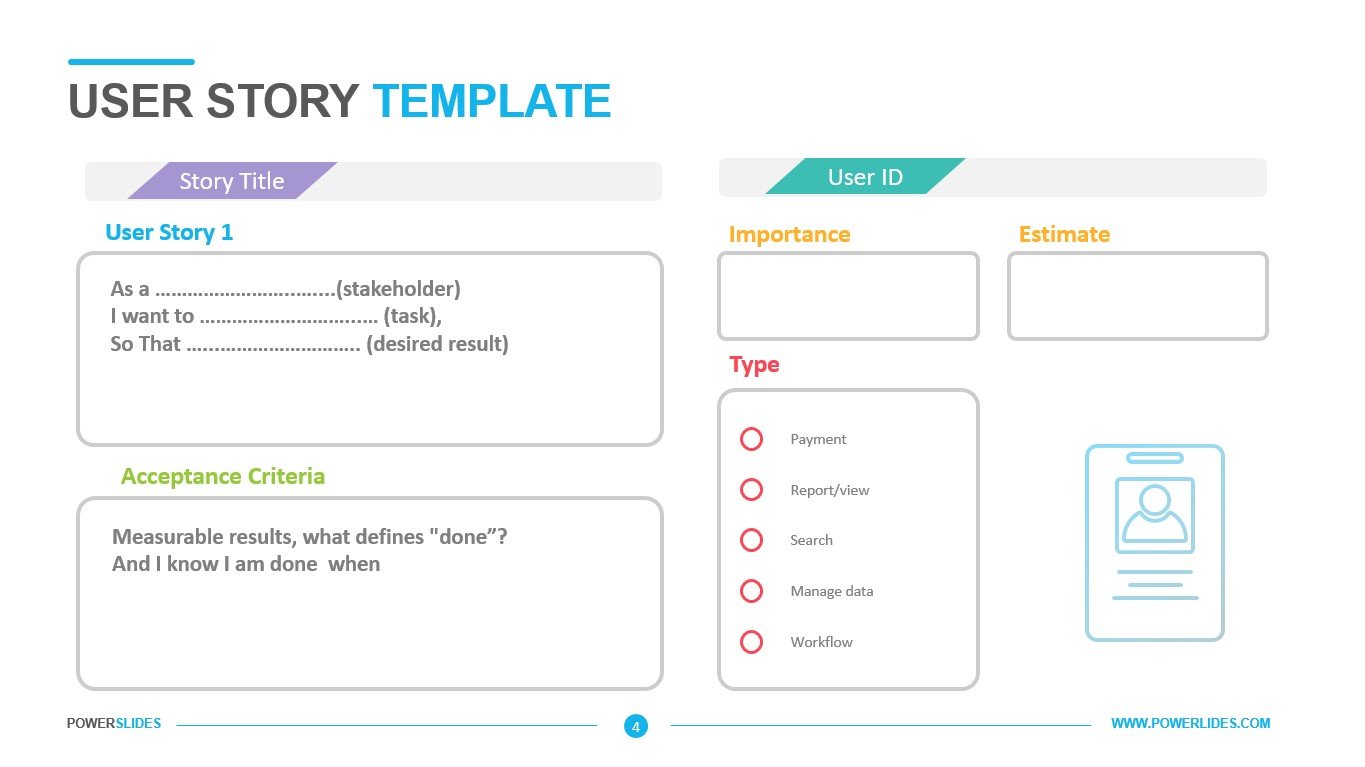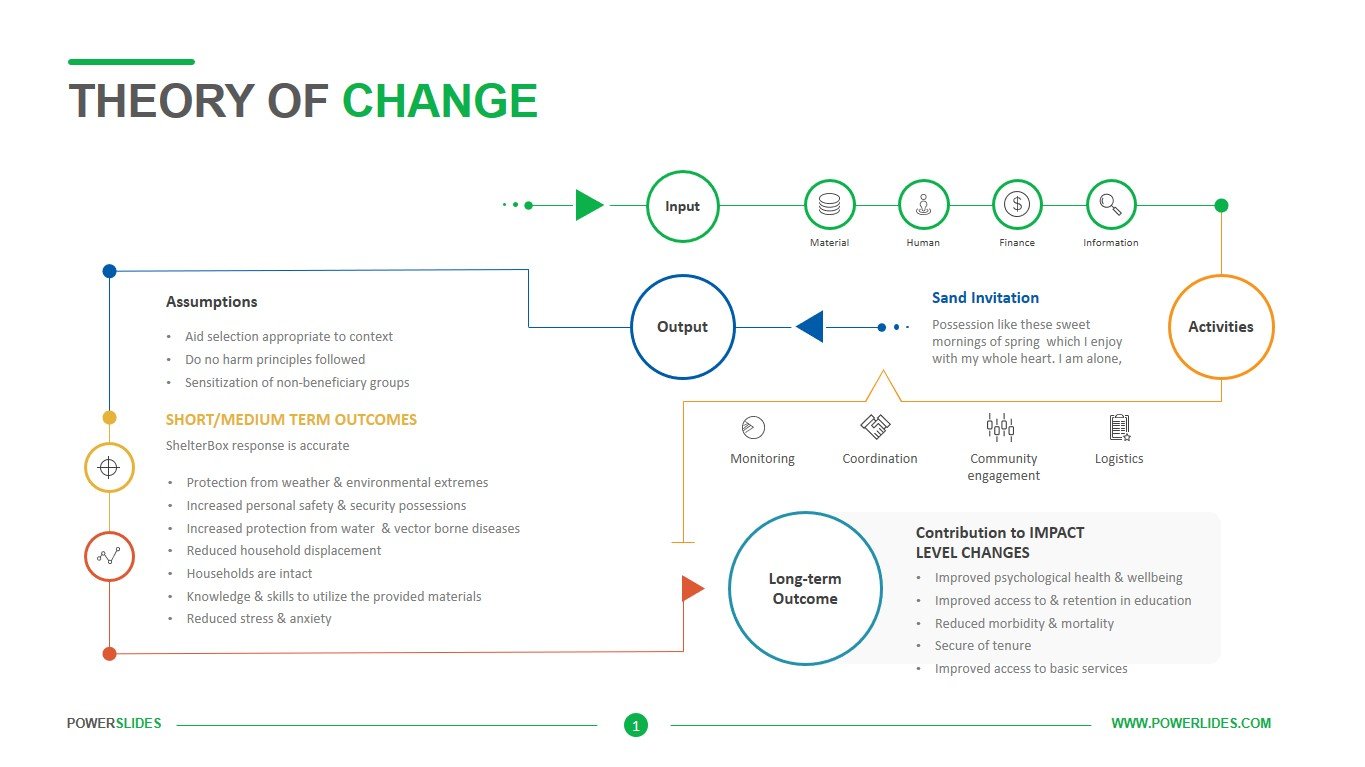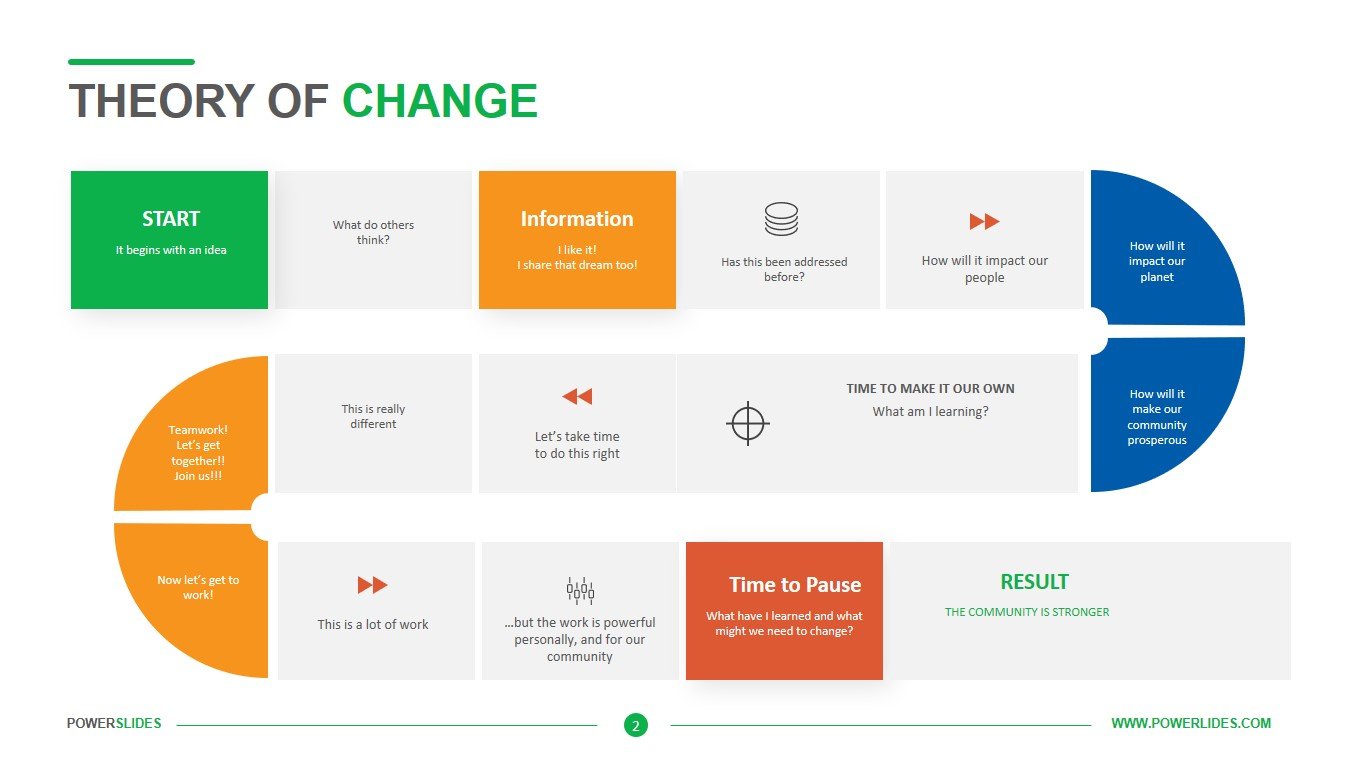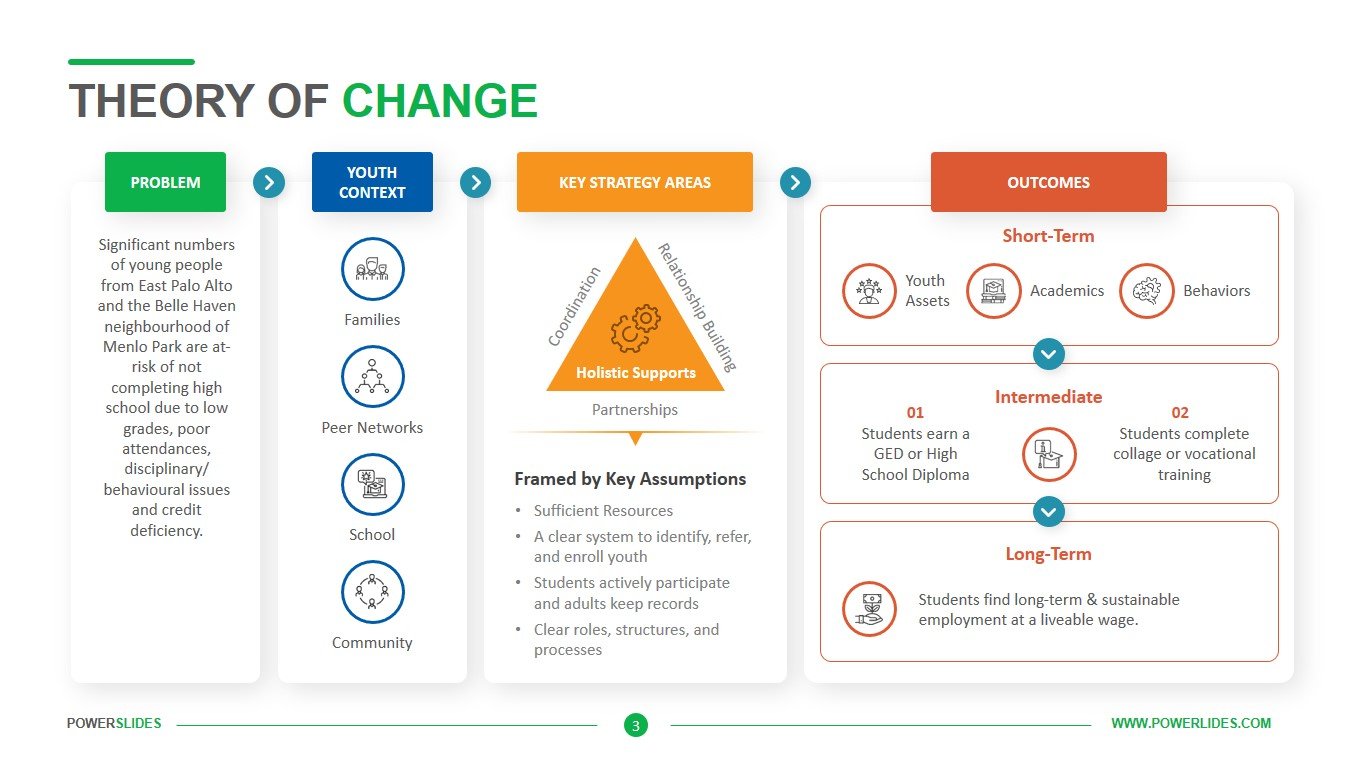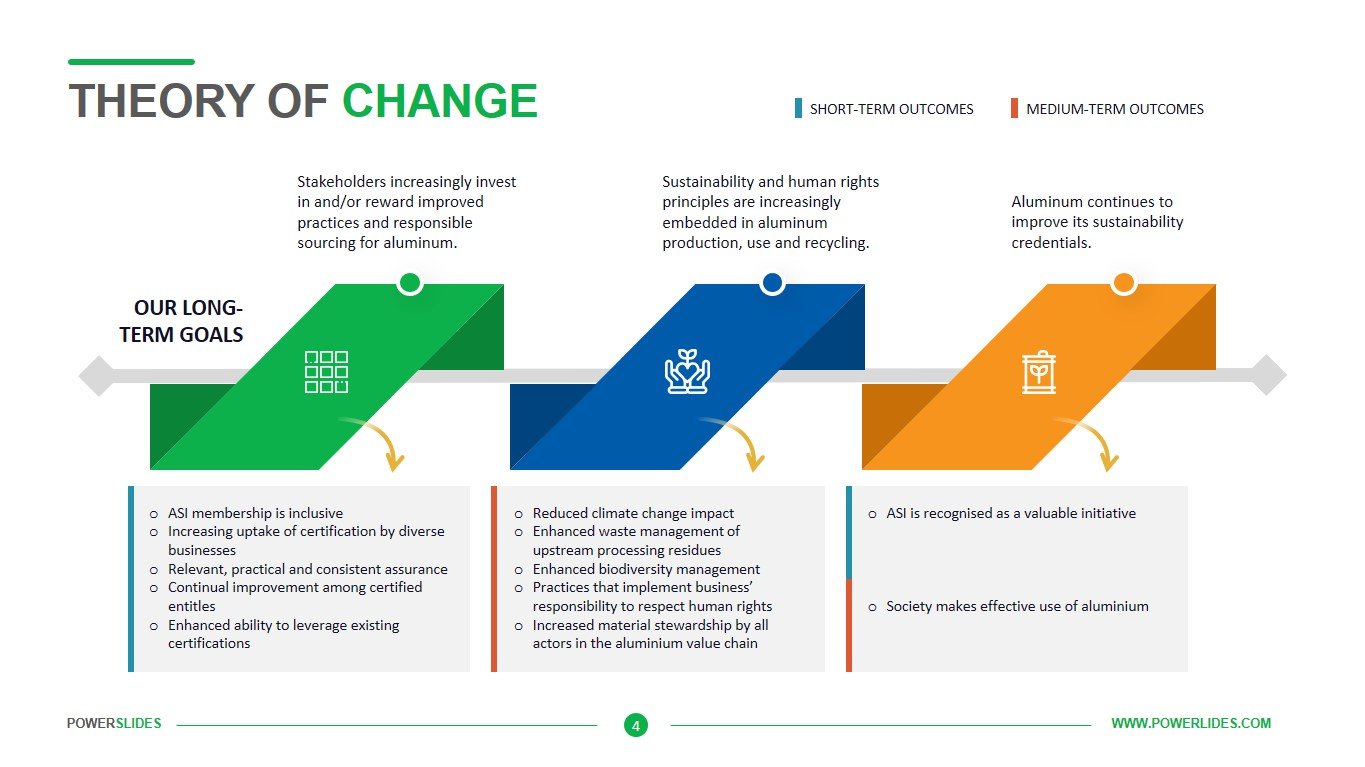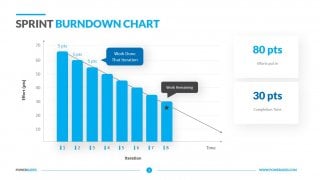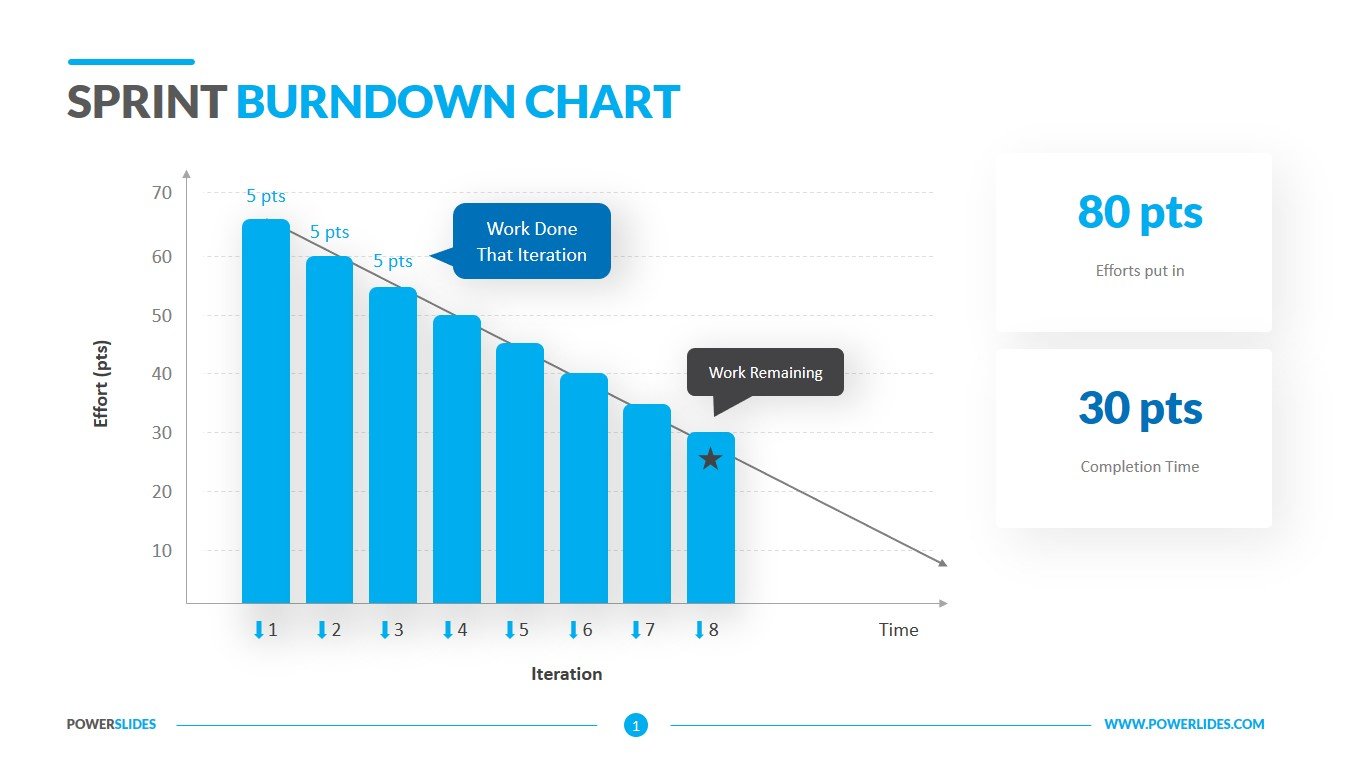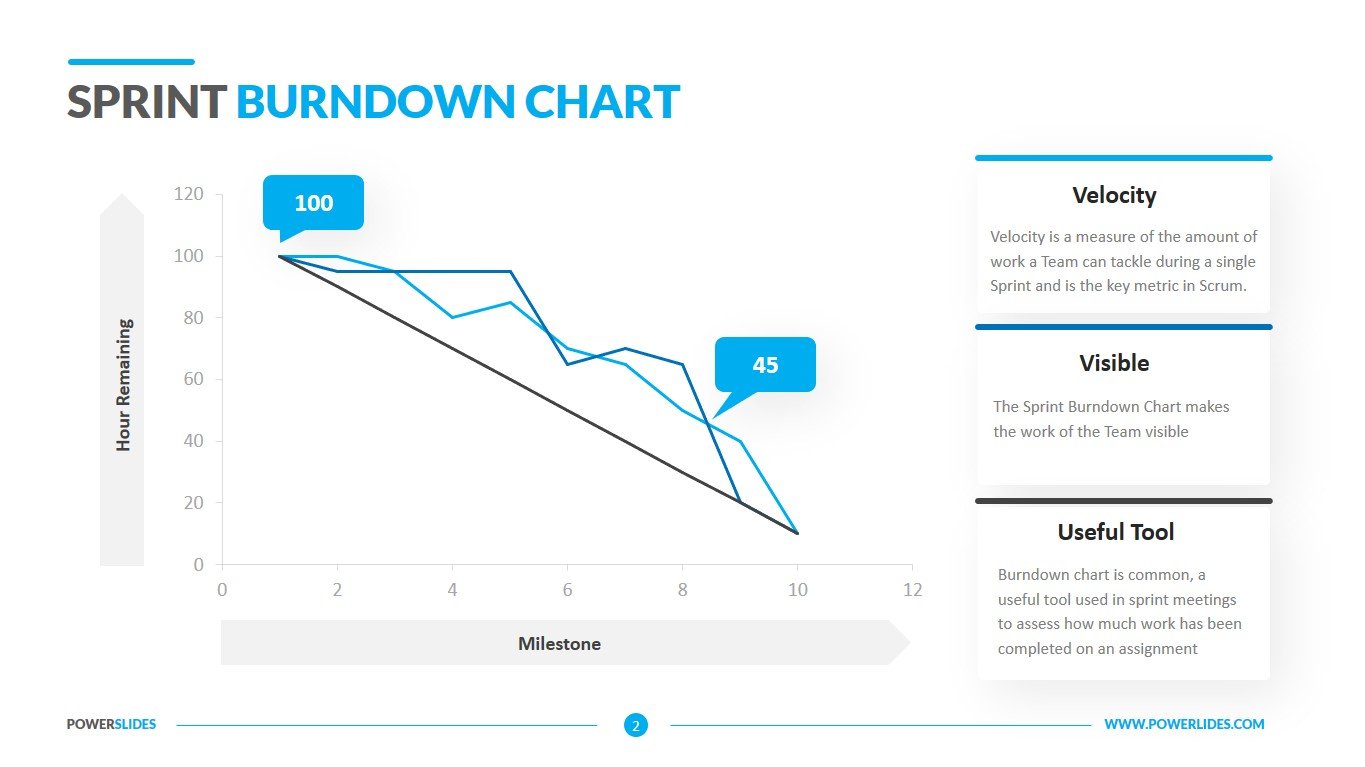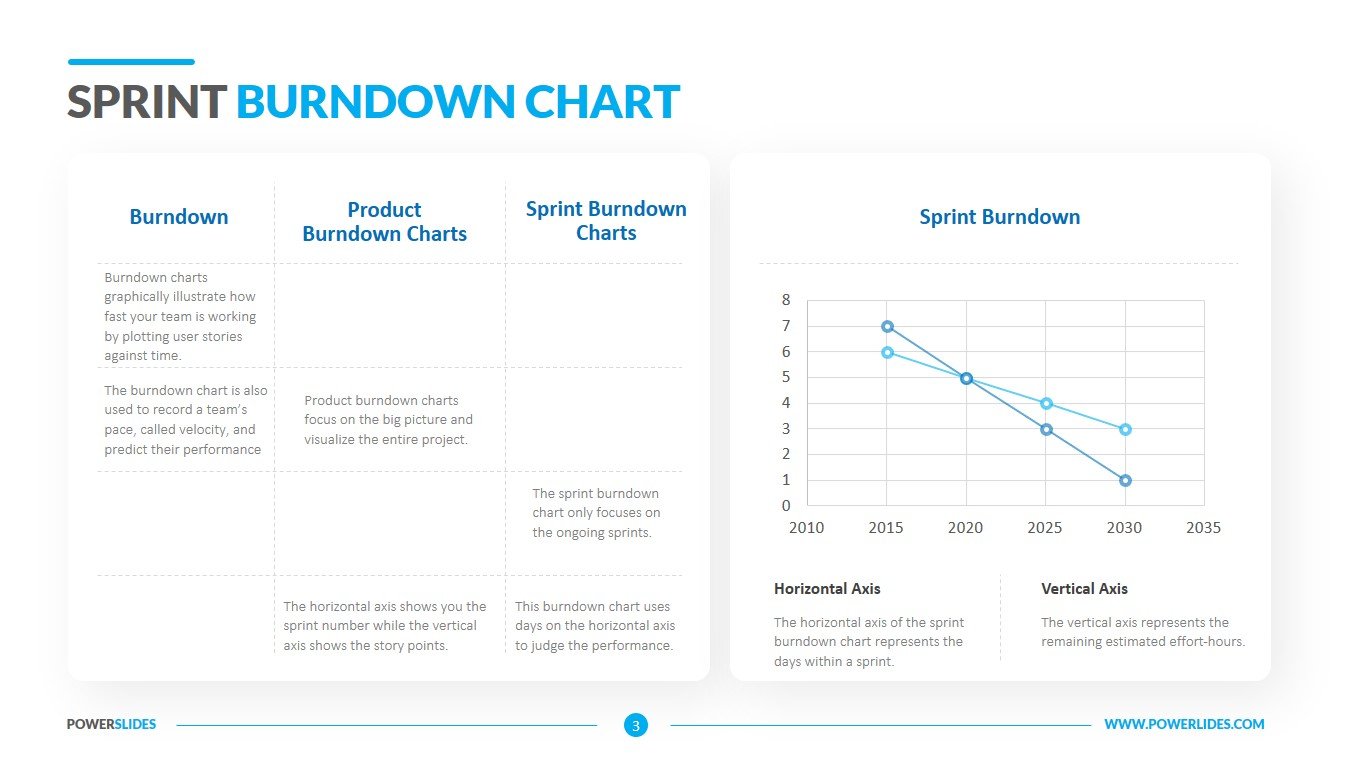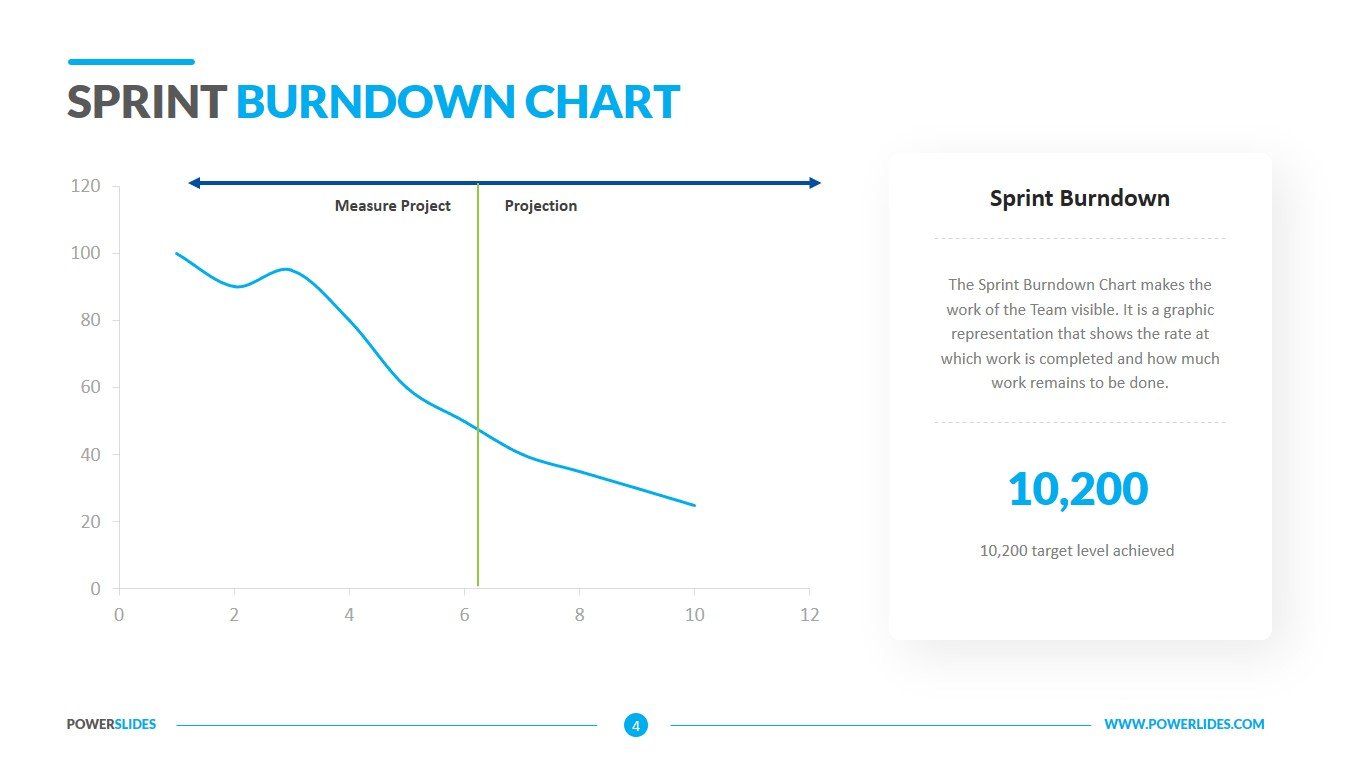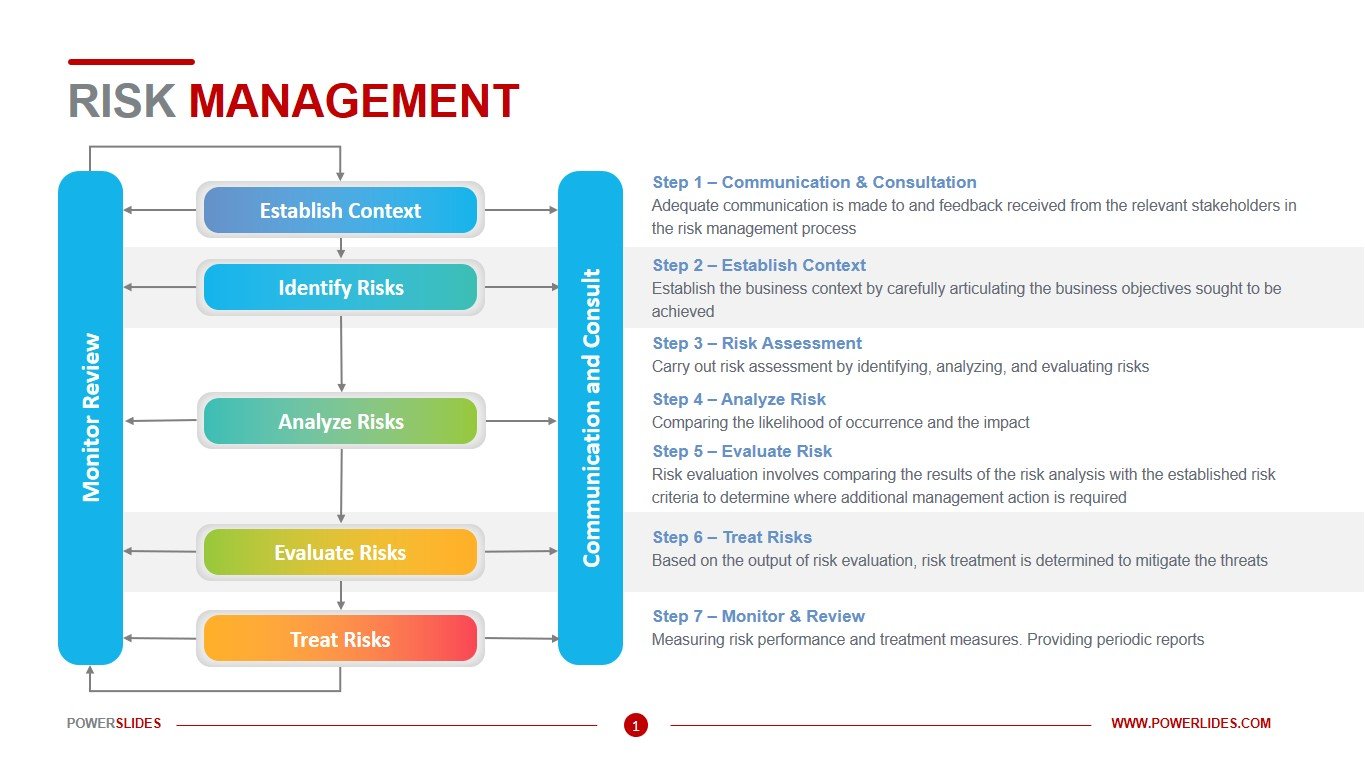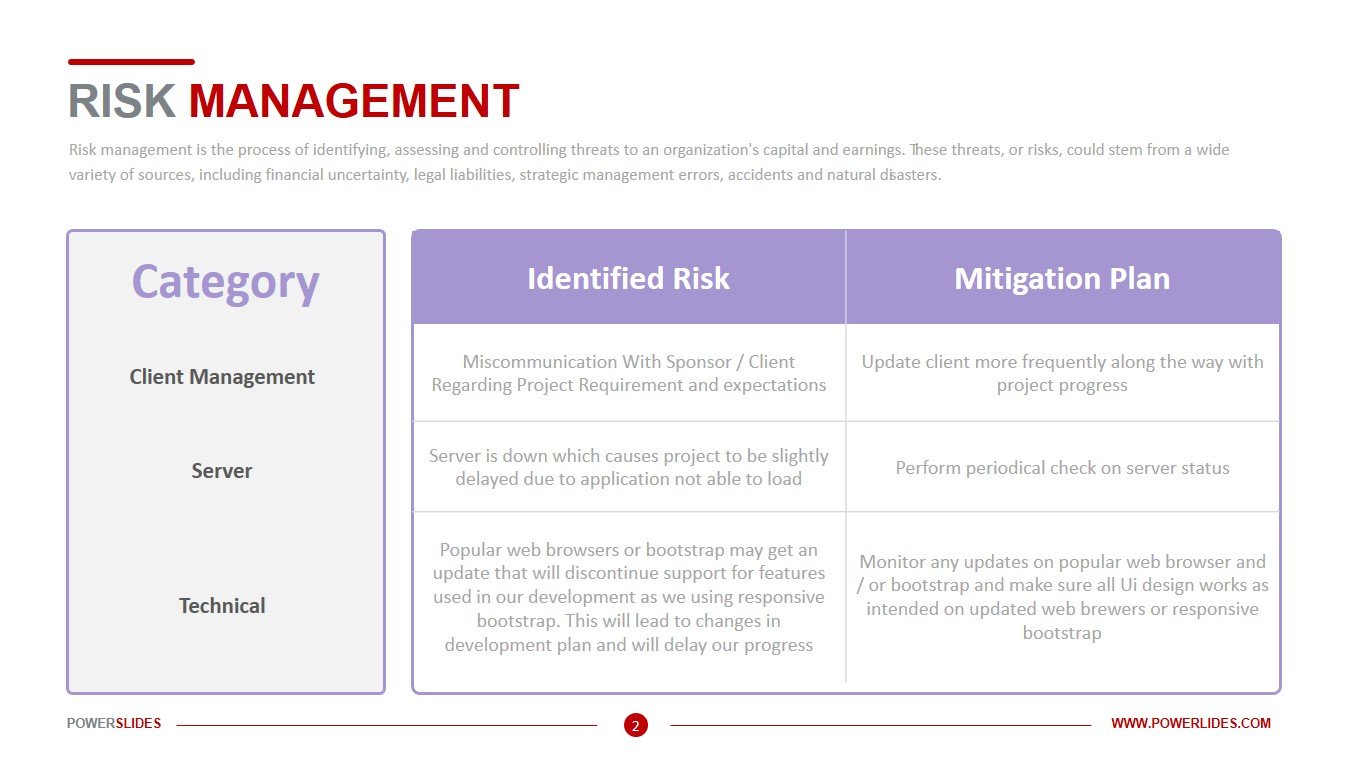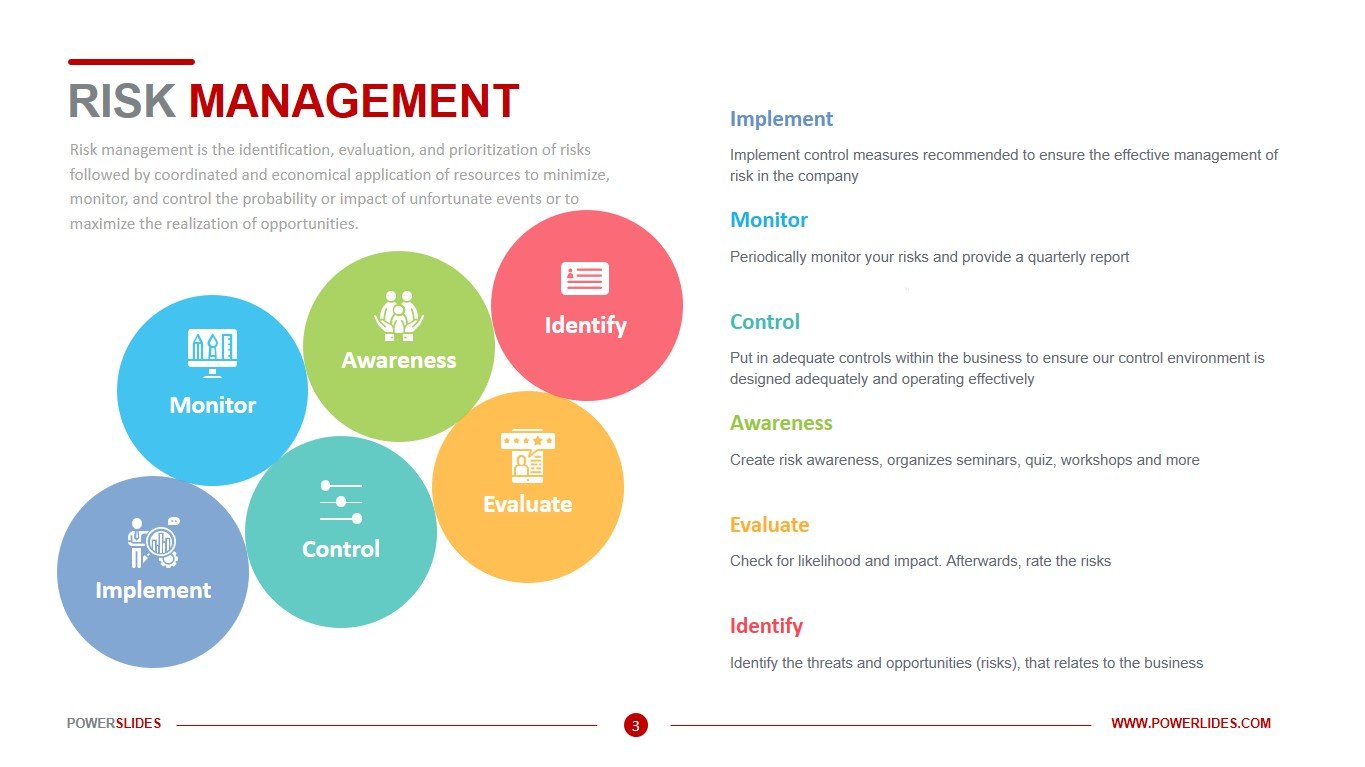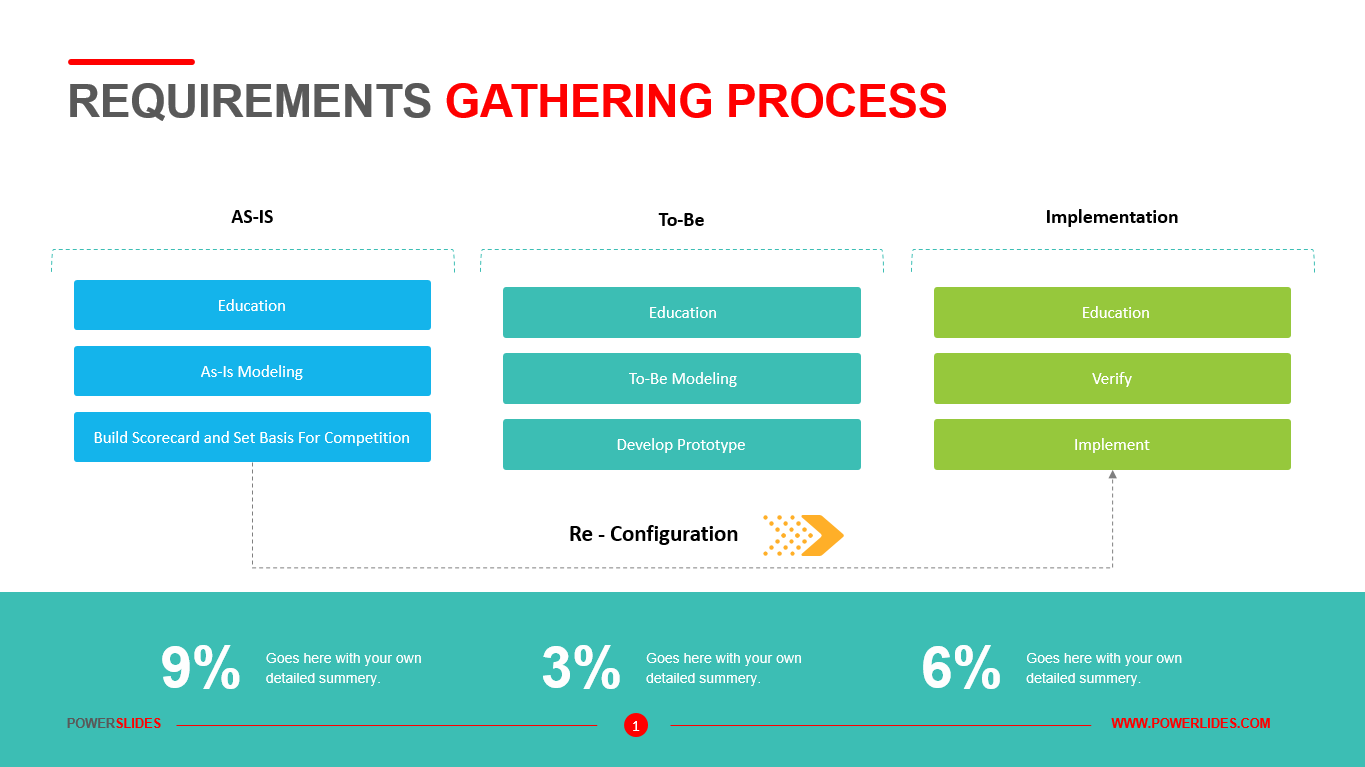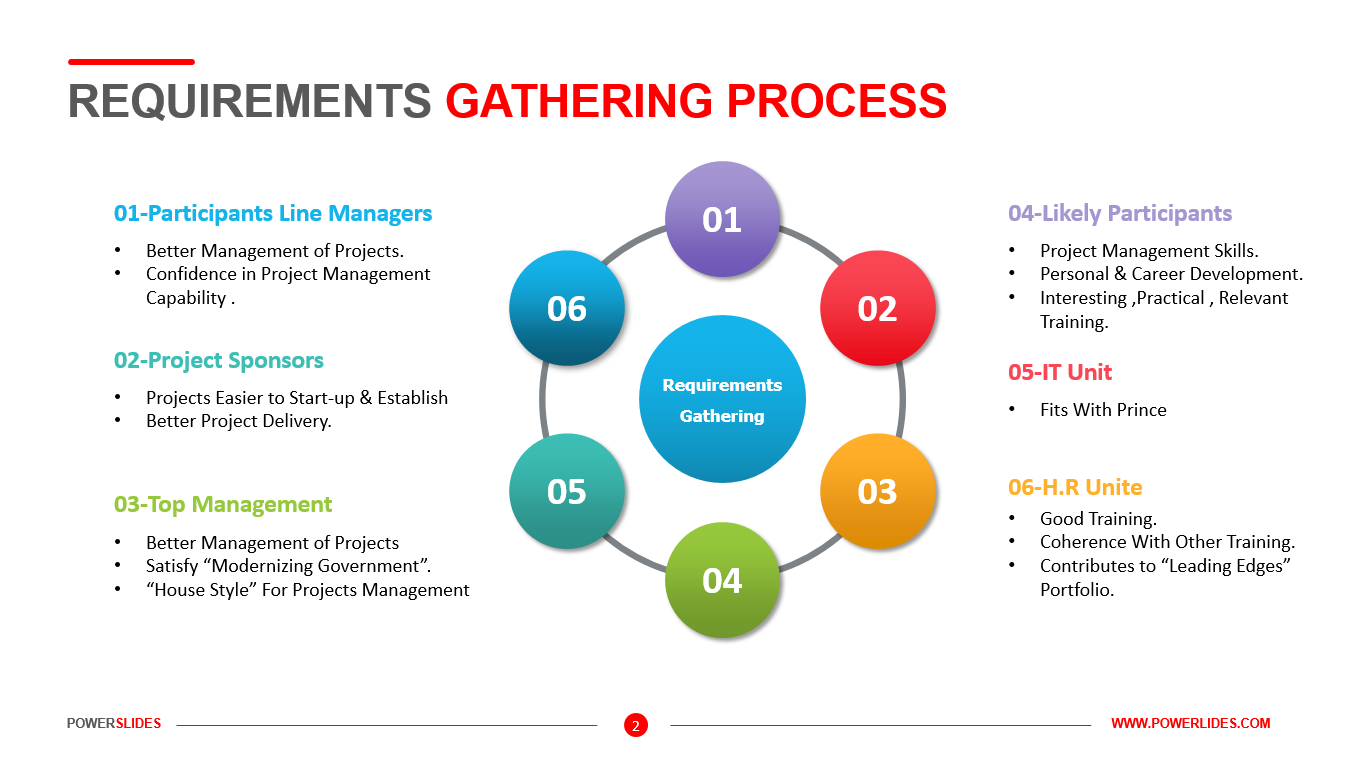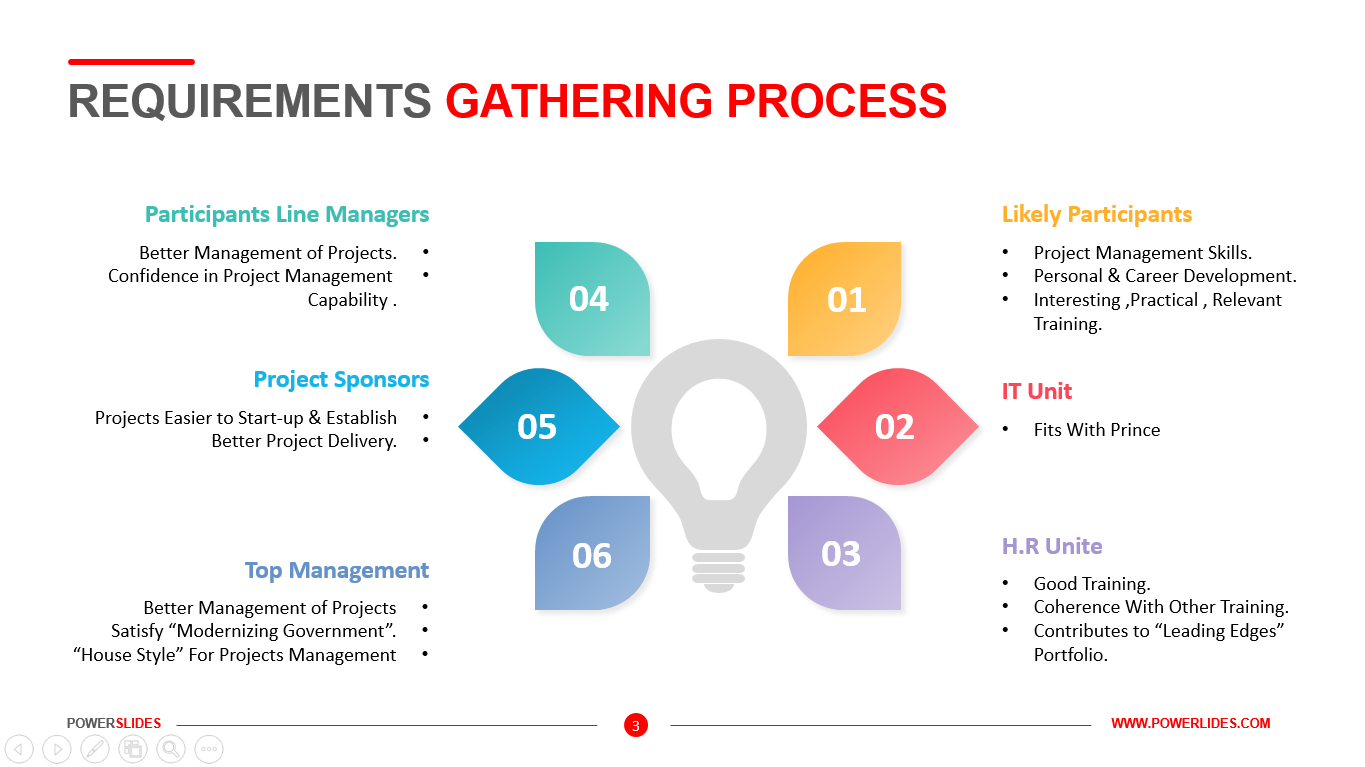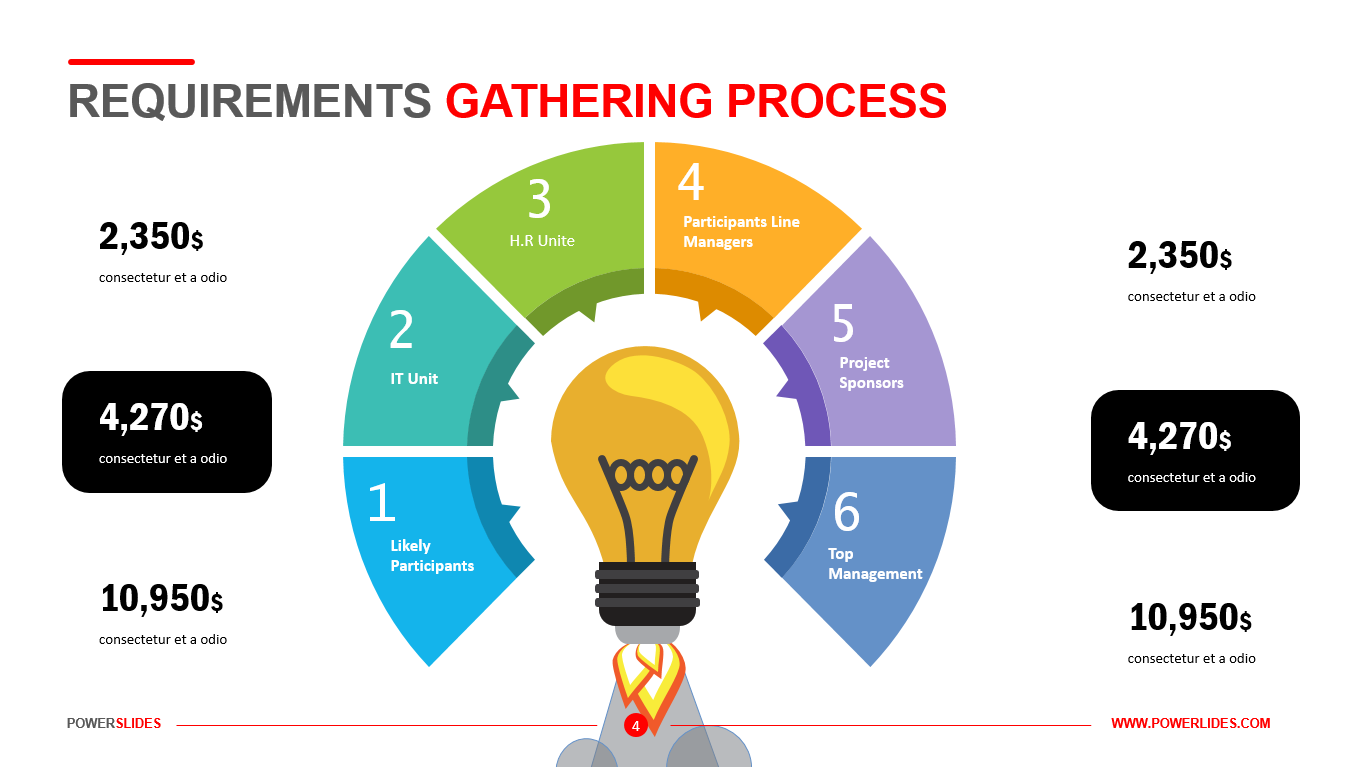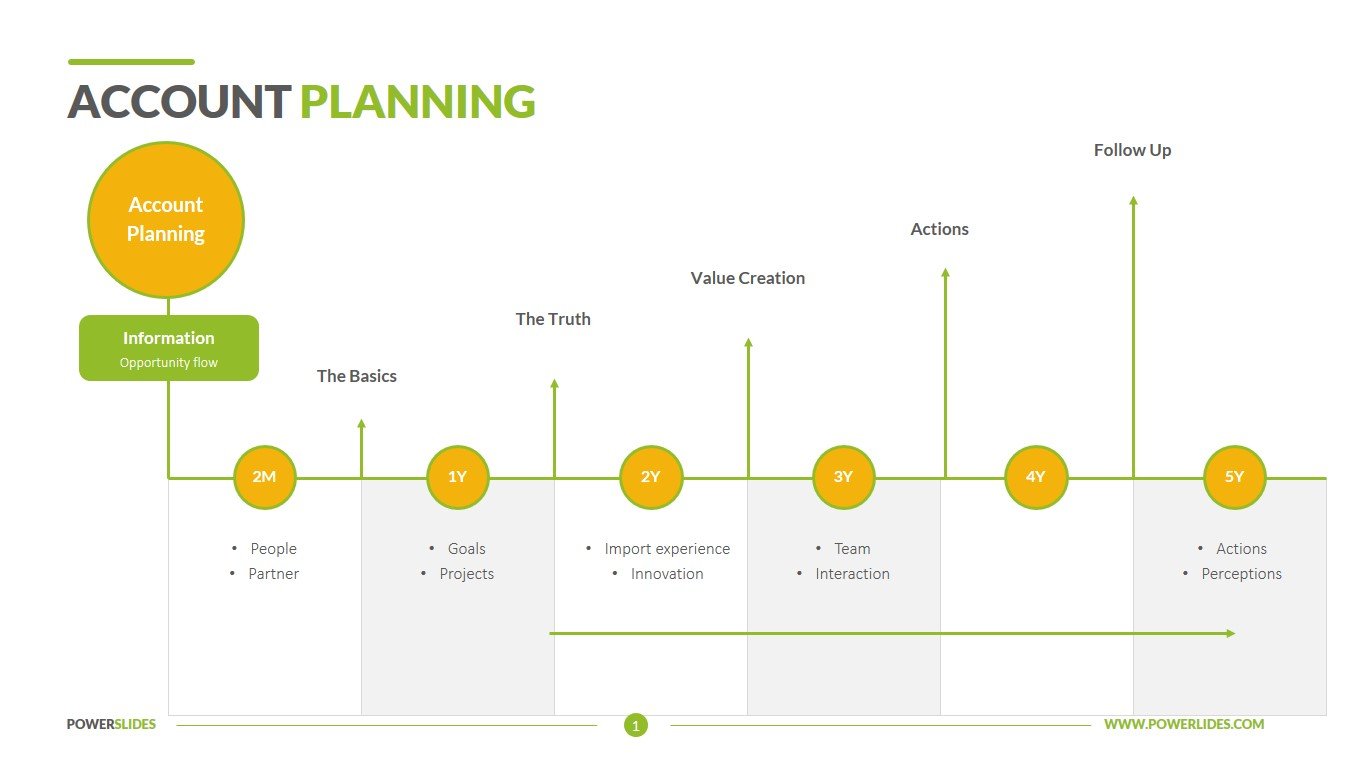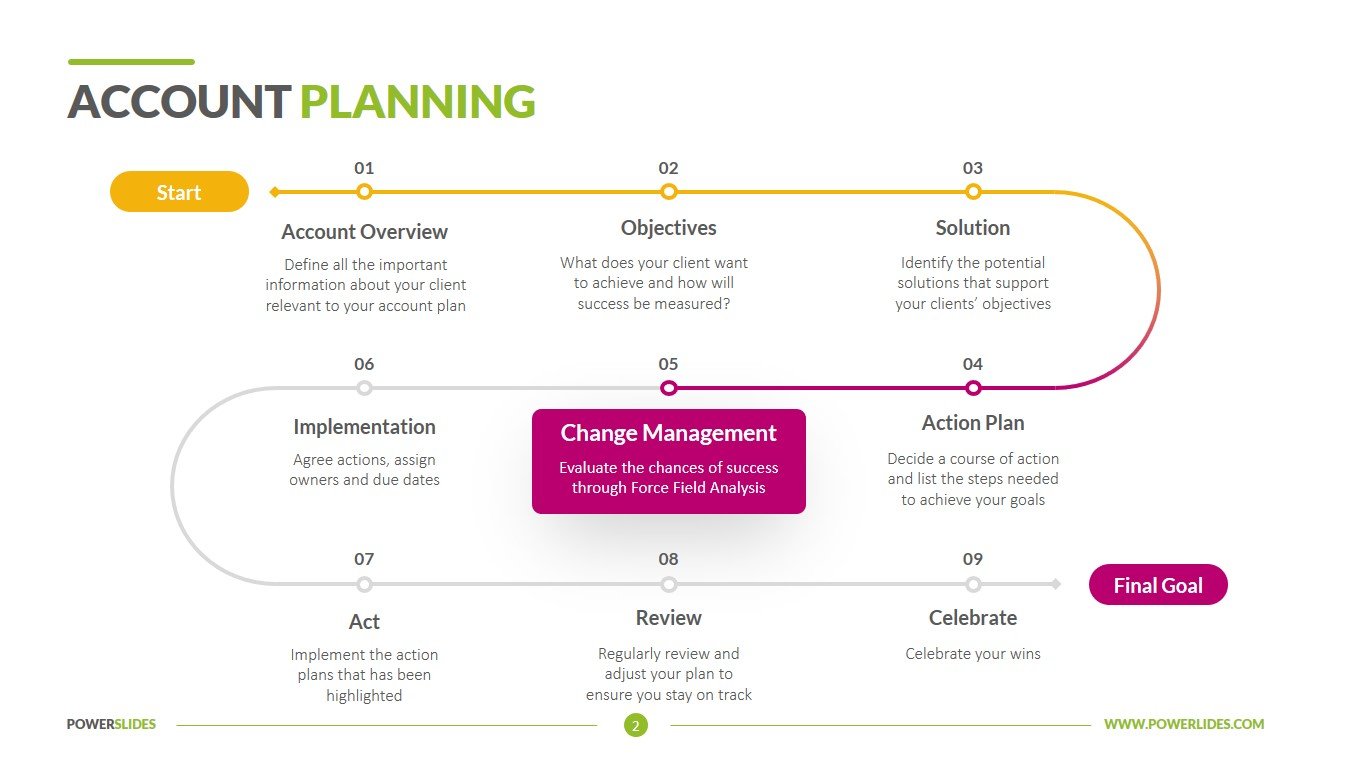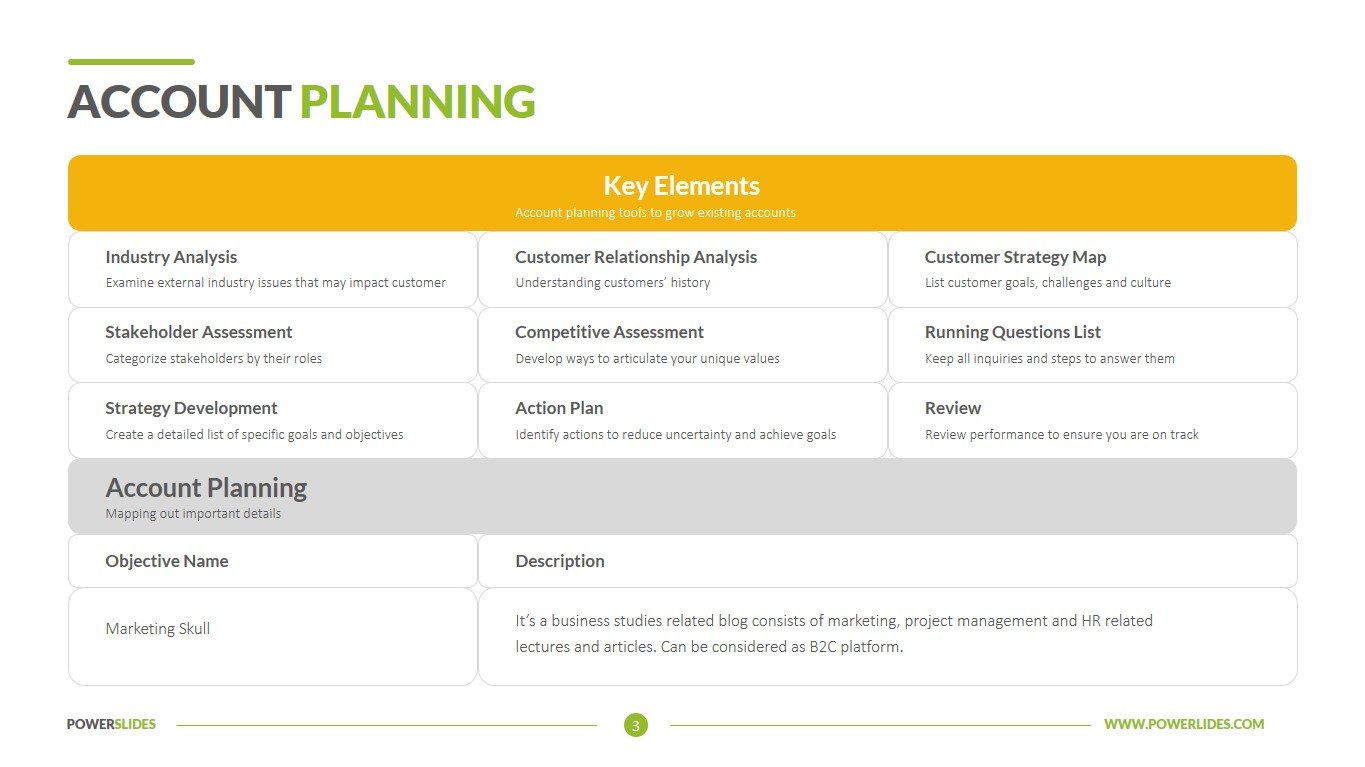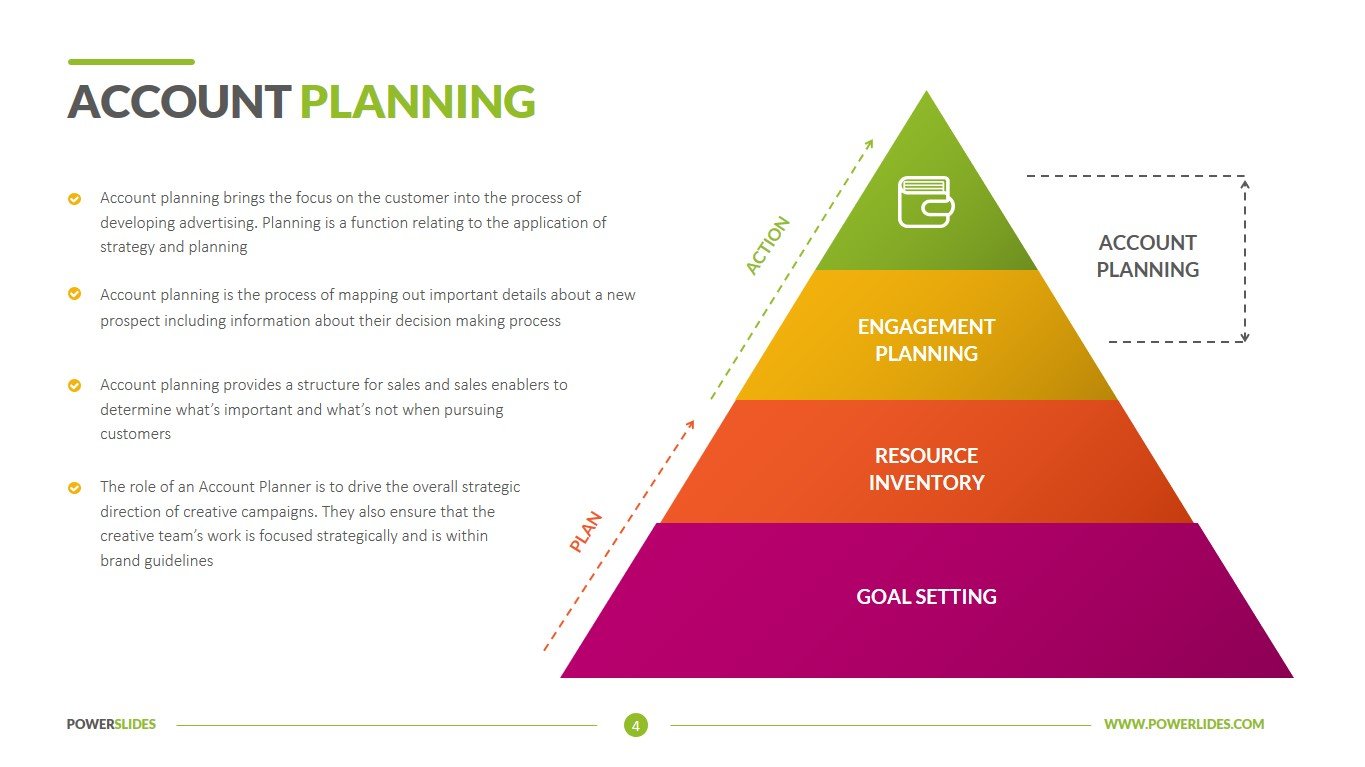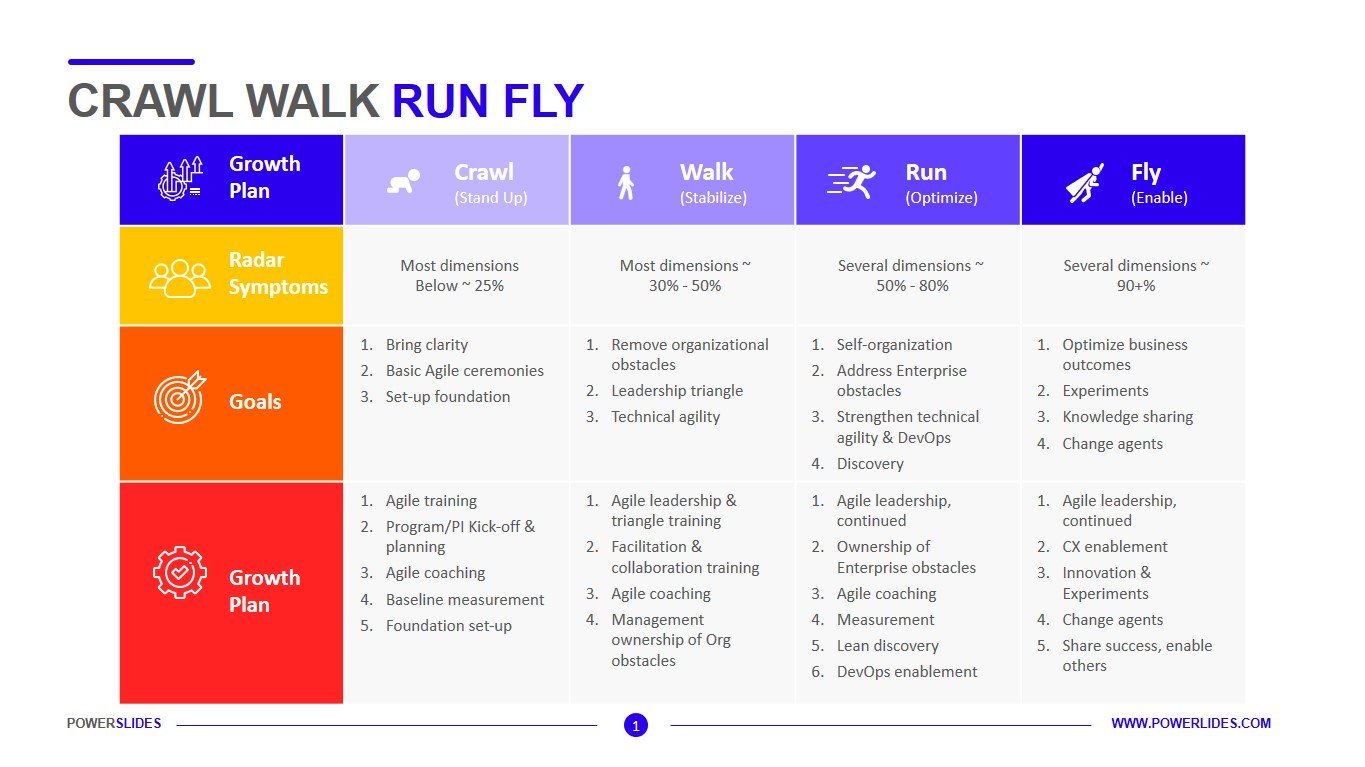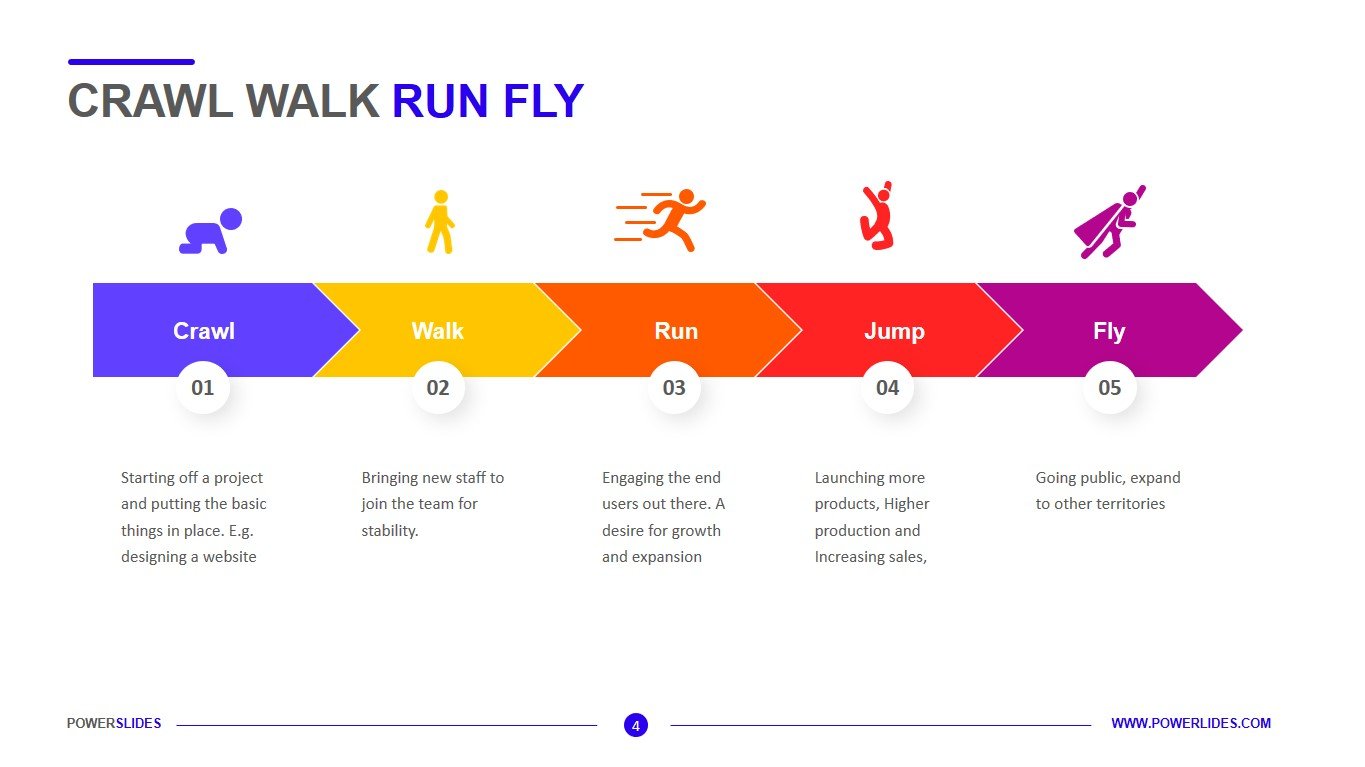Risk Mitigation Strategies
 8 Slides
8 Slides
 File size: 16:9
File size: 16:9 
 Fonts: Lato, Calibri
Fonts: Lato, Calibri  Supported version
PPT 2010, PPT 2013, PPT 2016
Supported version
PPT 2010, PPT 2013, PPT 2016
Product details
As we well know, there are risks inherent in almost every major business decision. Even if decision-makers opt out of an opportunity because it seems too risky, that decision in itself can still be hazardous. Being too timid could lead to things like new markets not being pursued, new products not being developed or allowing competitors to gain the advantage. Therefore, it’s crucial to have a detailed, data-backed strategy in place to measure and reduce risk.
Risk mitigation strategies are designed to eliminate, reduce or control the impact of known risks intrinsic with a specified undertaking, prior to any injury or fiasco. With these strategies in place, risks can be foreseen and dealt with. Fortunately, today’s technology allows businesses to formulate their risk mitigation strategies to the greatest capacity yet.
Some risks will continue to occur and recur, such as dependencies, modifications in necessities, environment and conditions and skill set gaps. Business analytics can be used to describe what is happening in the business, track performance, recognize issues that need to be addressed, and convey accurate information for analysis, planning and forecasting.
Appropriate risk reduction methods cannot be developed until the possible hazards, disadvantages or losses are thoroughly evaluated. The steps included in risk evaluation are as follows – Identification, Impact Assessment, Develop Strategies.
Risk identification must include whether the risk is, first and foremost, preventable. These risks come from within — they can usually be managed on a rule-based level, such as employing operational procedures monitoring and employee and manager guidance and instruction. Strategy risks are those that are taken on voluntarily to achieve greater rewards. External risks originate outside and are not in the businesses’ control, such as natural disasters.
Determine the probability and significance of certain “risky” events. Anticipated risks can be rated according to their degree of probability.
Risk mitigation planning strategies and implementations should be developed for risks categorized as high or medium probability. Low risks may be tracked or monitored for impact but are less important in this step.
The template contains a deck of 4 slides with visually stunning layout and design. Our pre-designed slides will help give you a presentation on risk mitigation that will entice your audience. The first and second sides allow the user to give a snapshot of the different types of risks and mitigation strategies. The user can highlight the risk category, frequency, risk factor and solution in the table chart in the third slide and also give a graphical interpretation of it. With the hierarchy chart in the fourth slide, the user can break down risk into three components and place their respective mitigation strategies beneath them.
This template will be useful for startups when preparing to meet with potential investors. You can provide information on payback periods, necessary resources and indicate possible risks in the implementation of the project. Also, this template will be useful for analysts when preparing a report on possible business risks of companies and measures to reduce them.
Investment companies can also use this template when preparing an investment risk analysis. CEOs can use this template when preparing to meet with shareholders and present them with a company’s development strategy and business risk analysis.
The risk mitigation strategies template is designed for management professionals that are always in human resource training and meeting. Ideal for risk managers, team leads, etc… From being easily downloadable and editable, the risk mitigation chart slides contain all you need to give a stellar presentation to impress your intended audience.



 (4.83/ 5)
(4.83/ 5)

